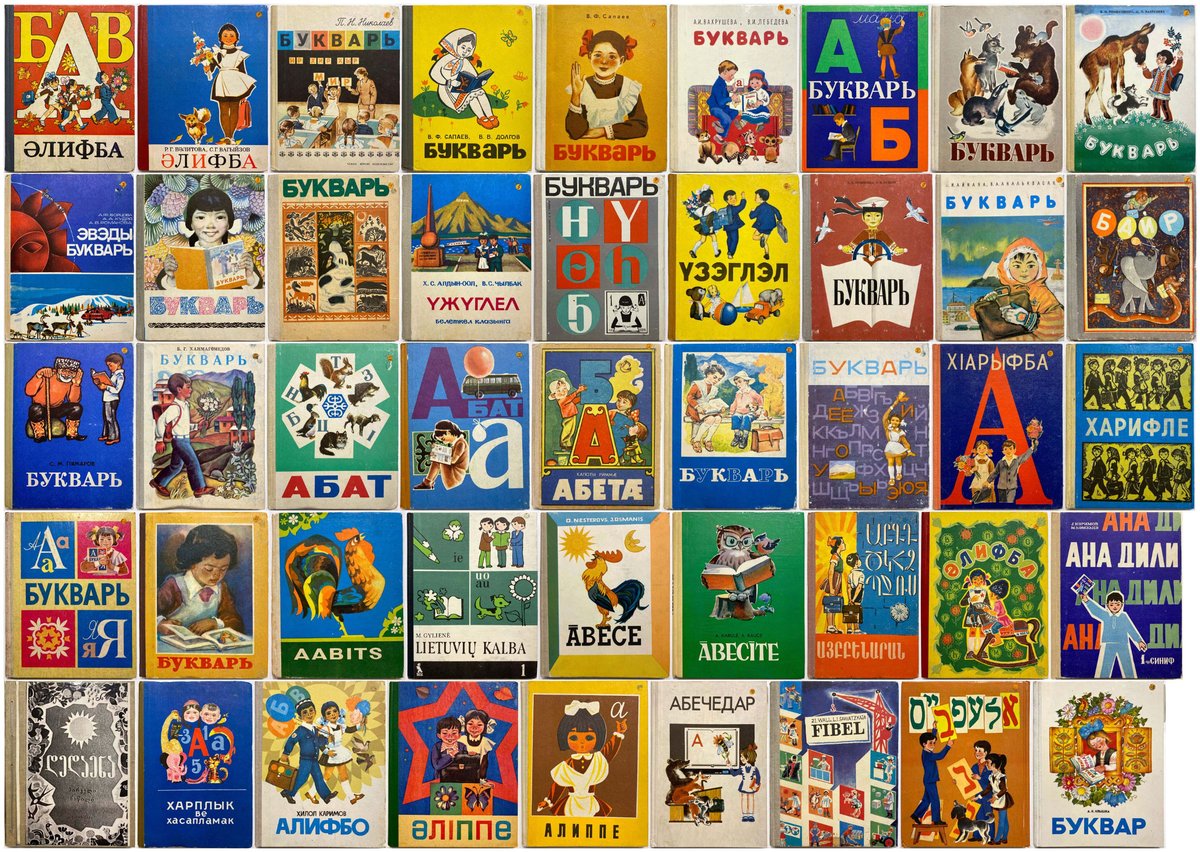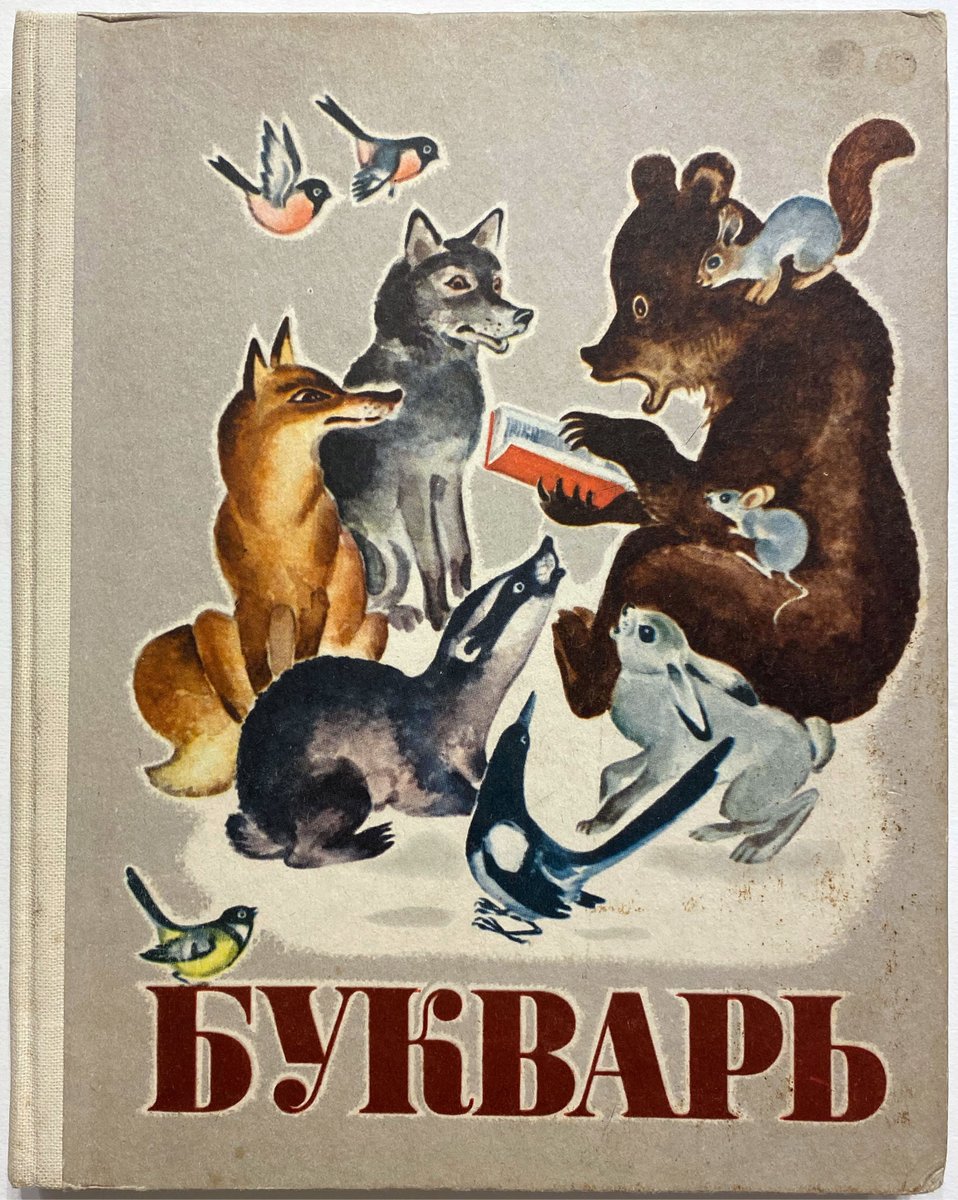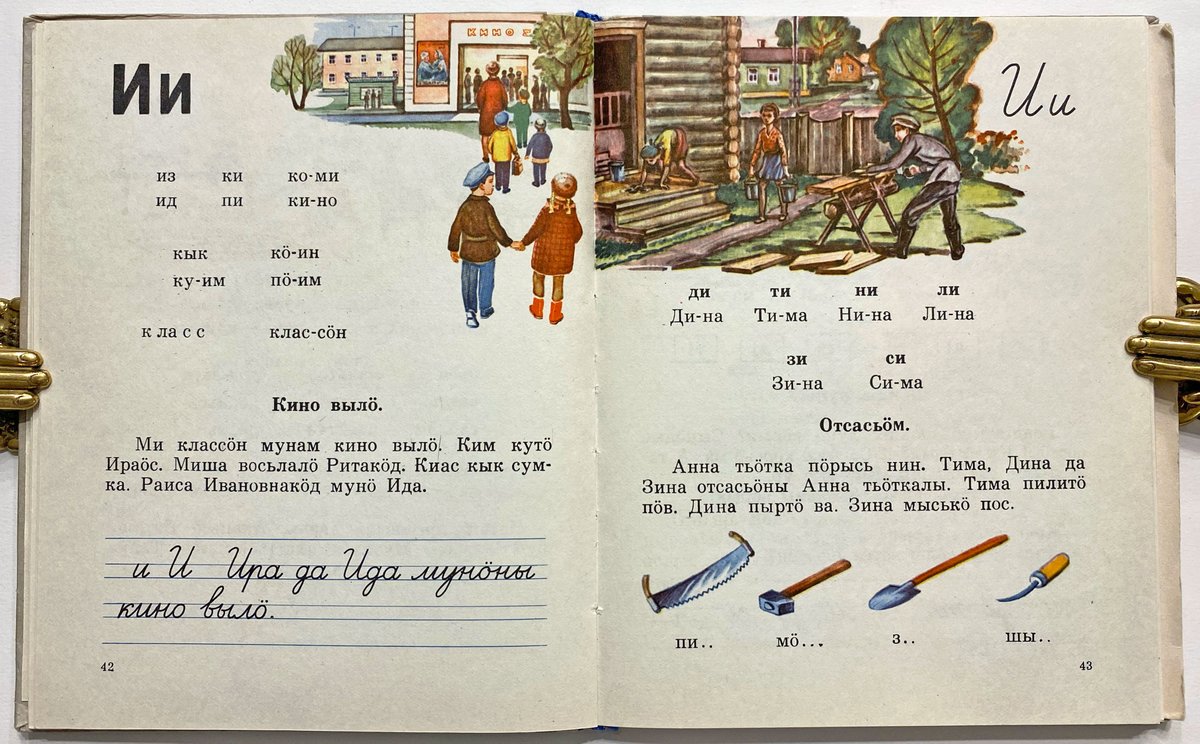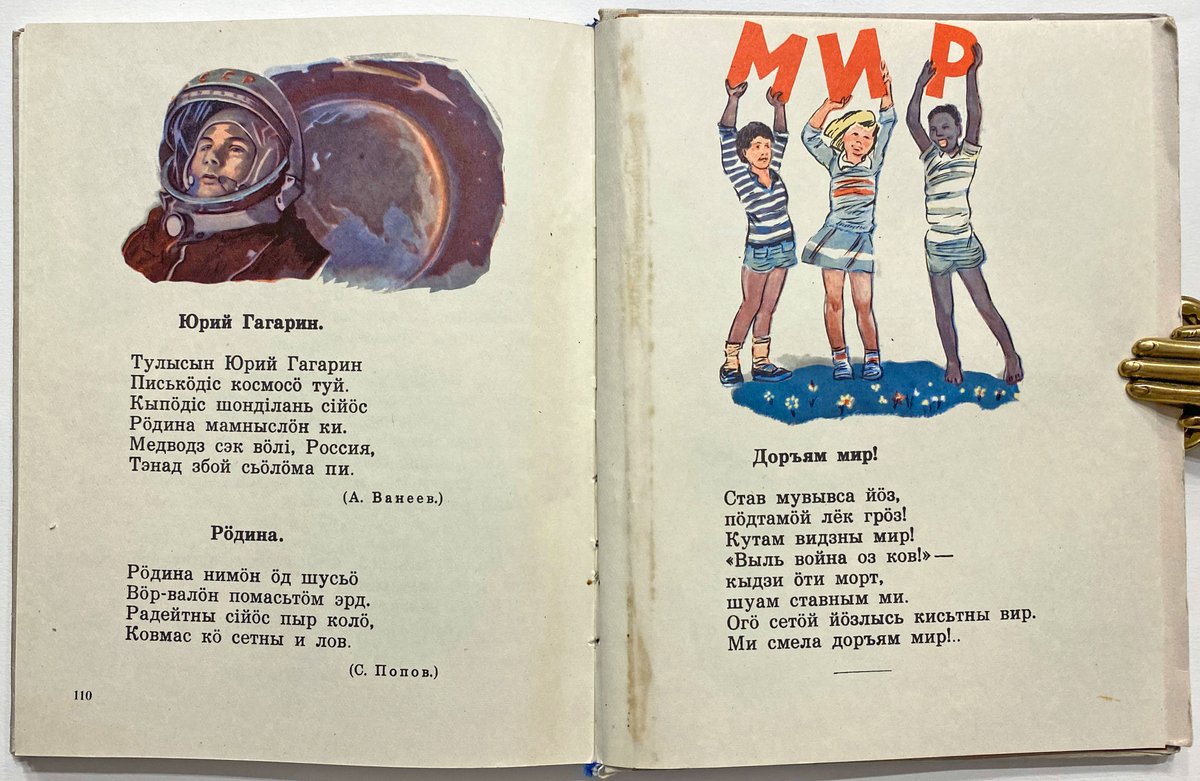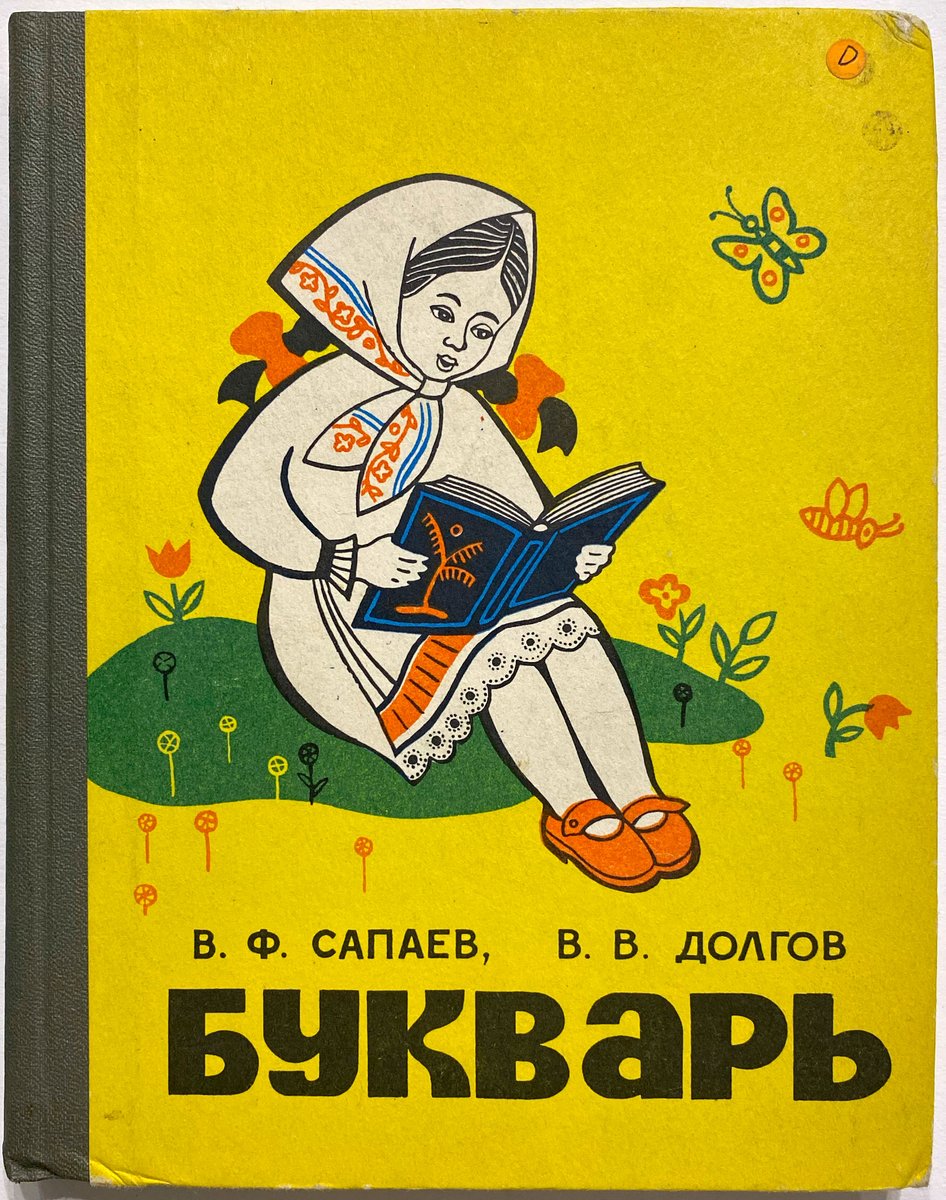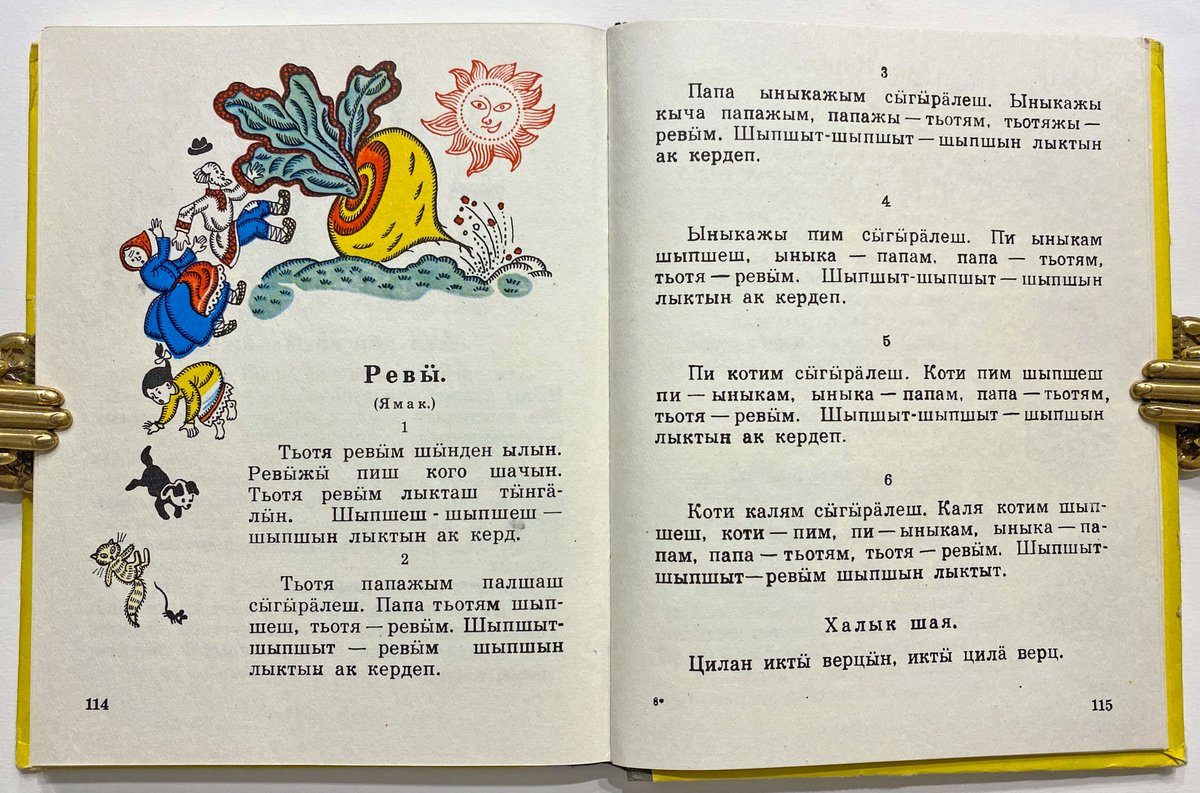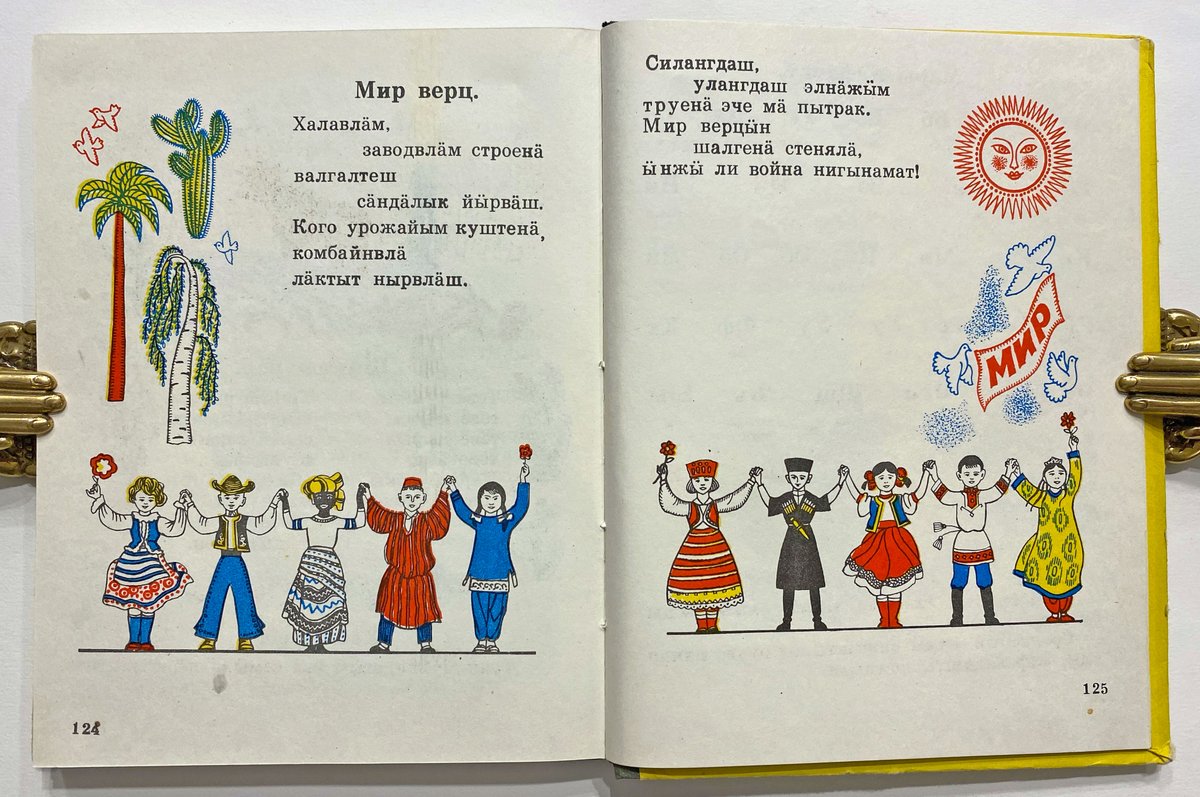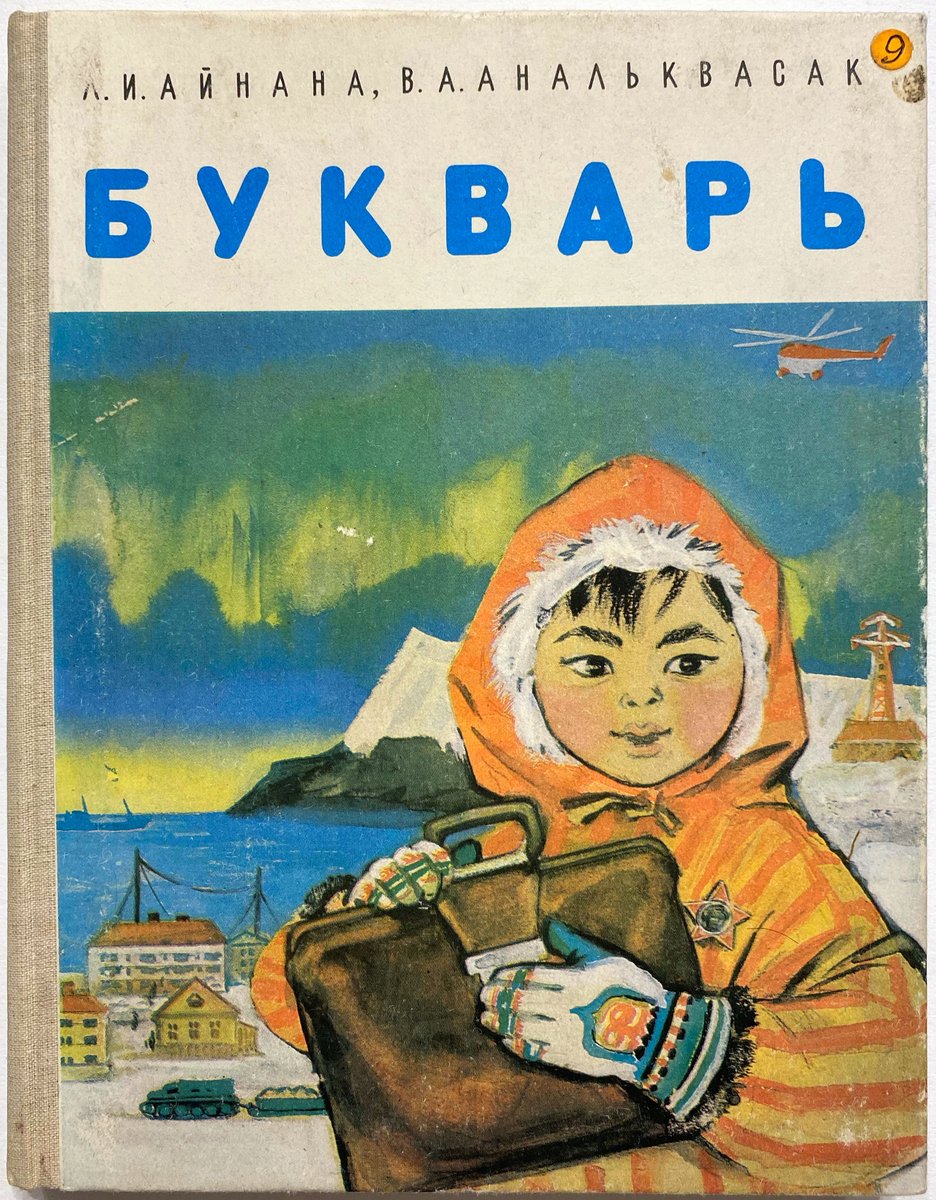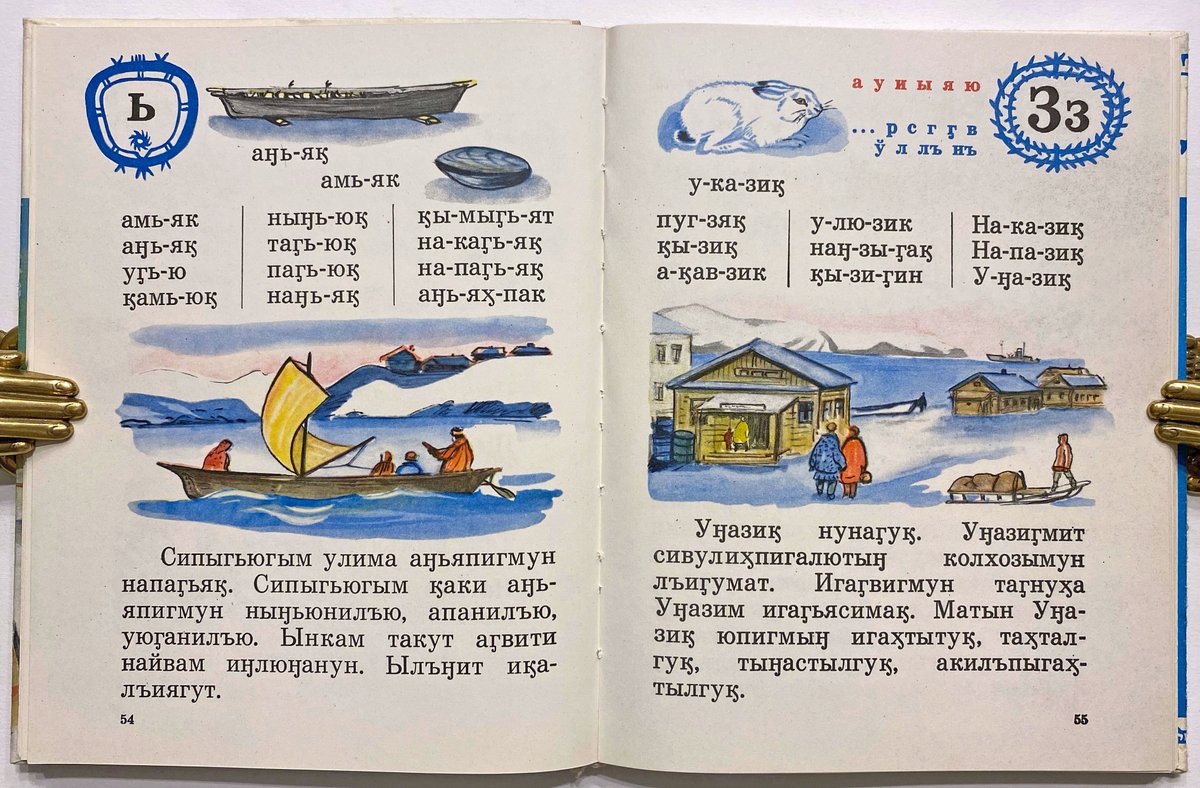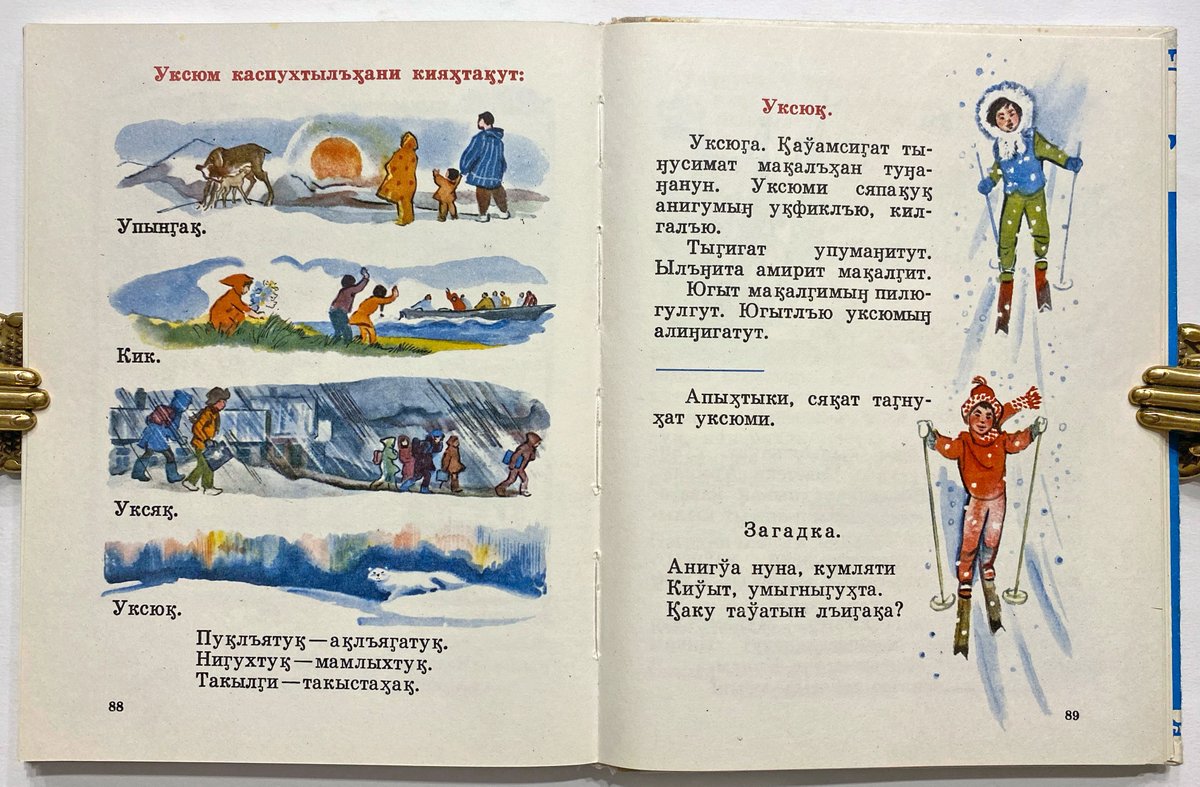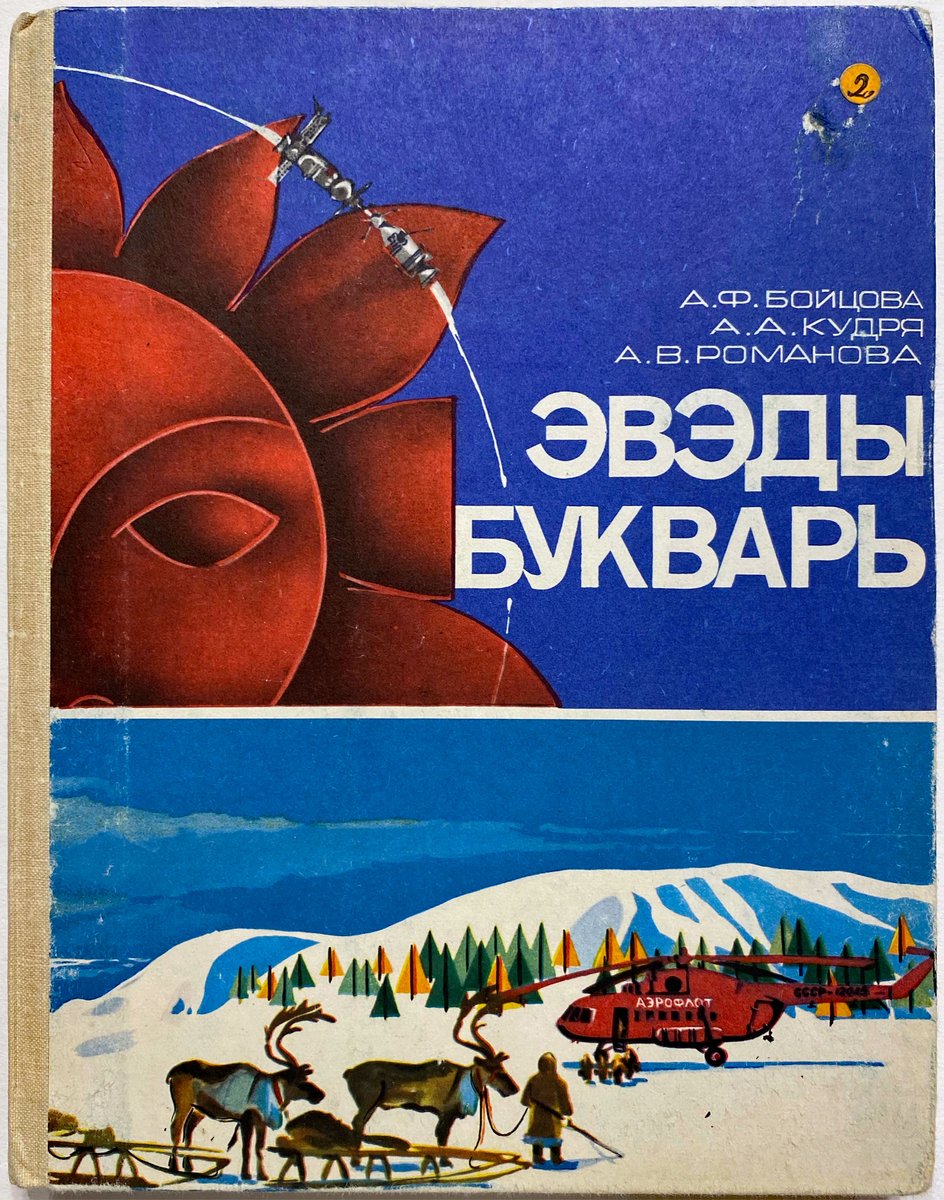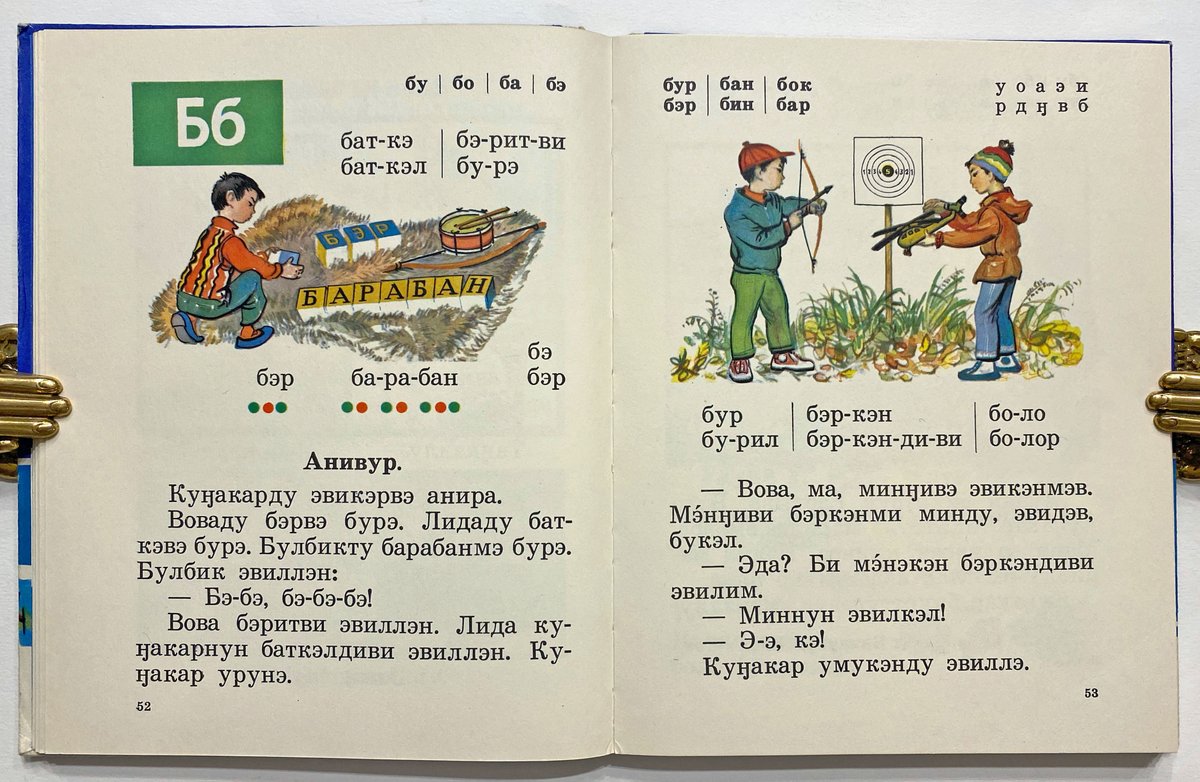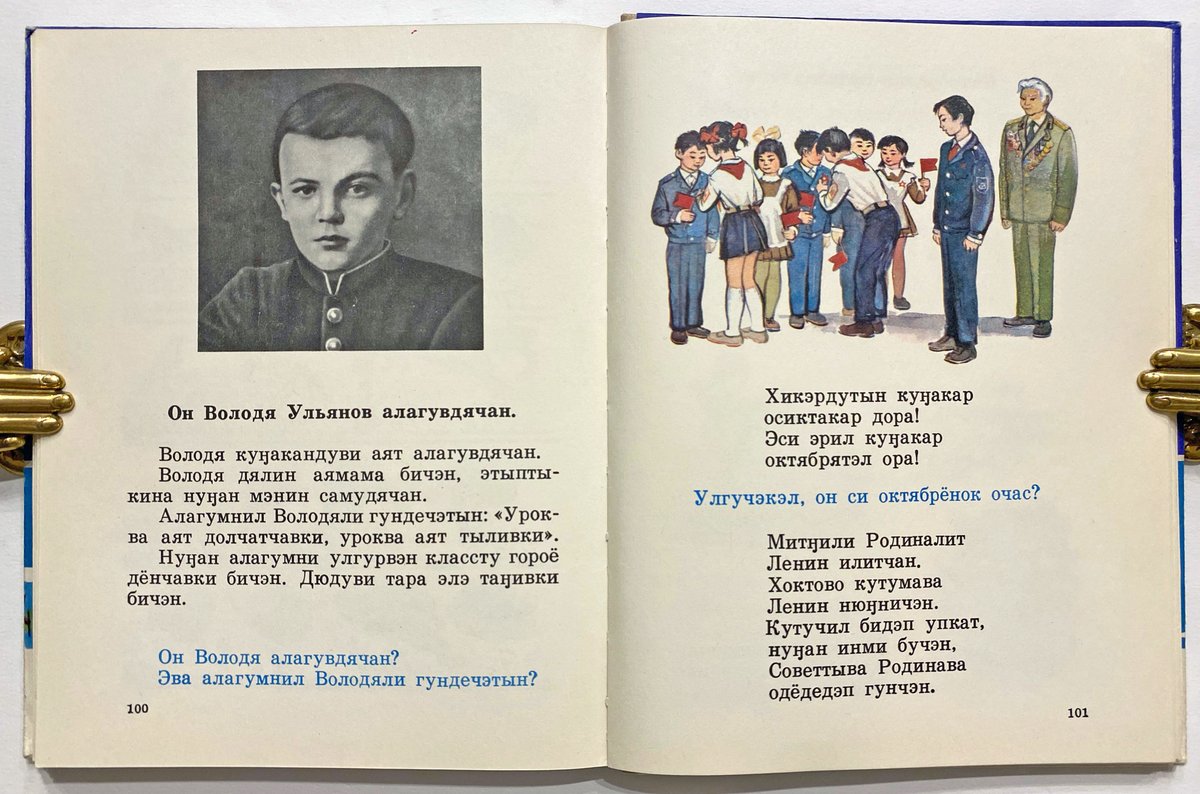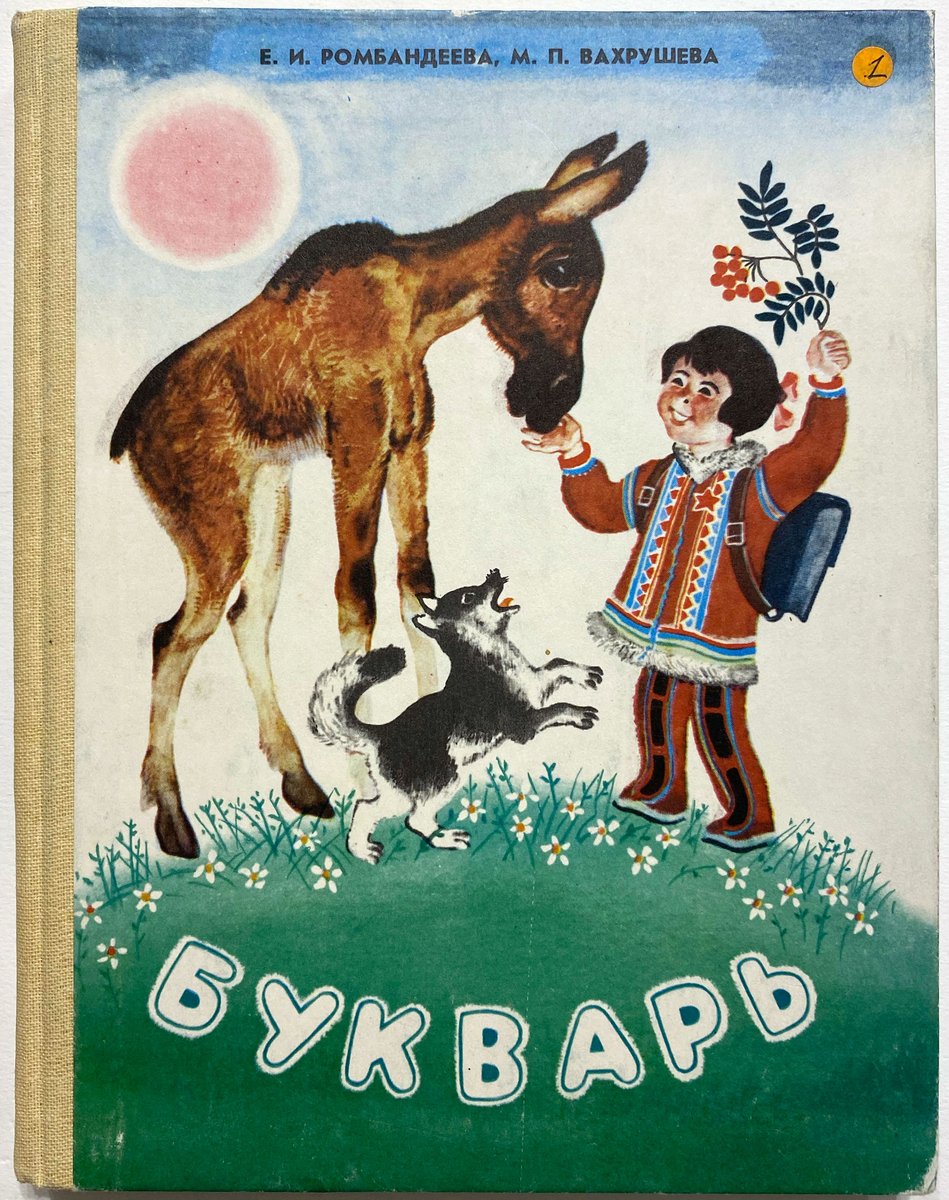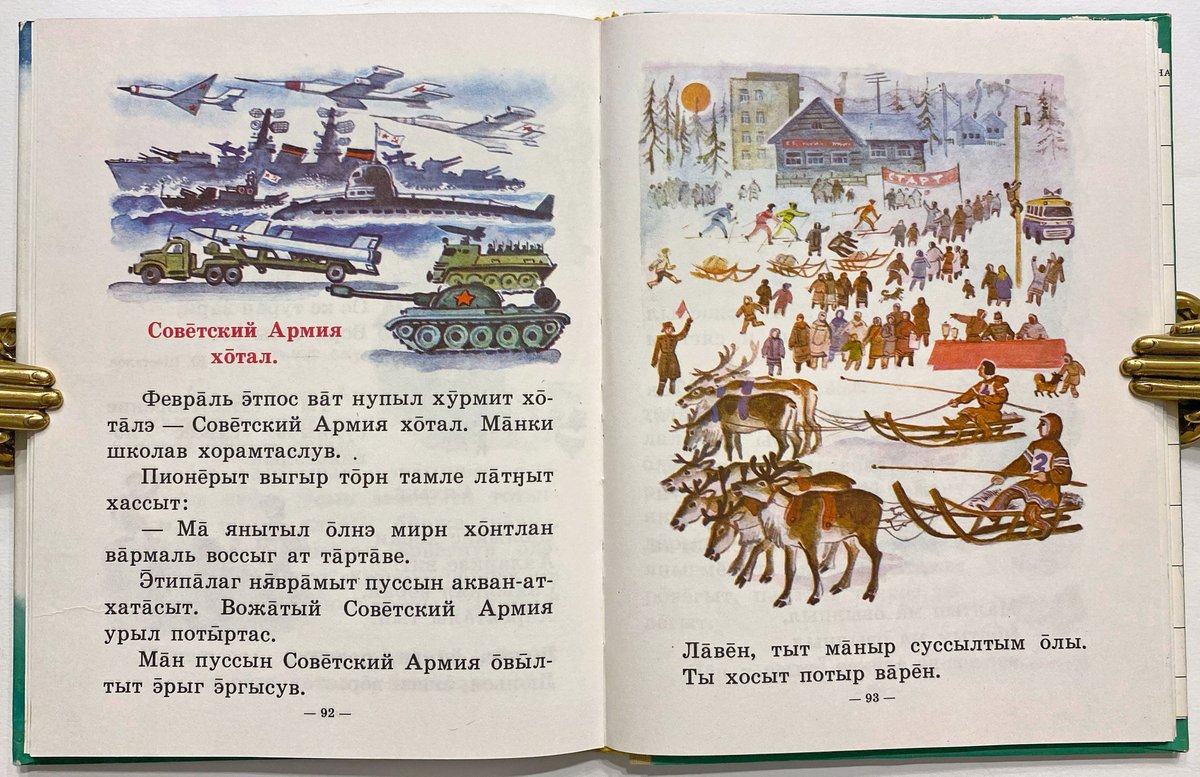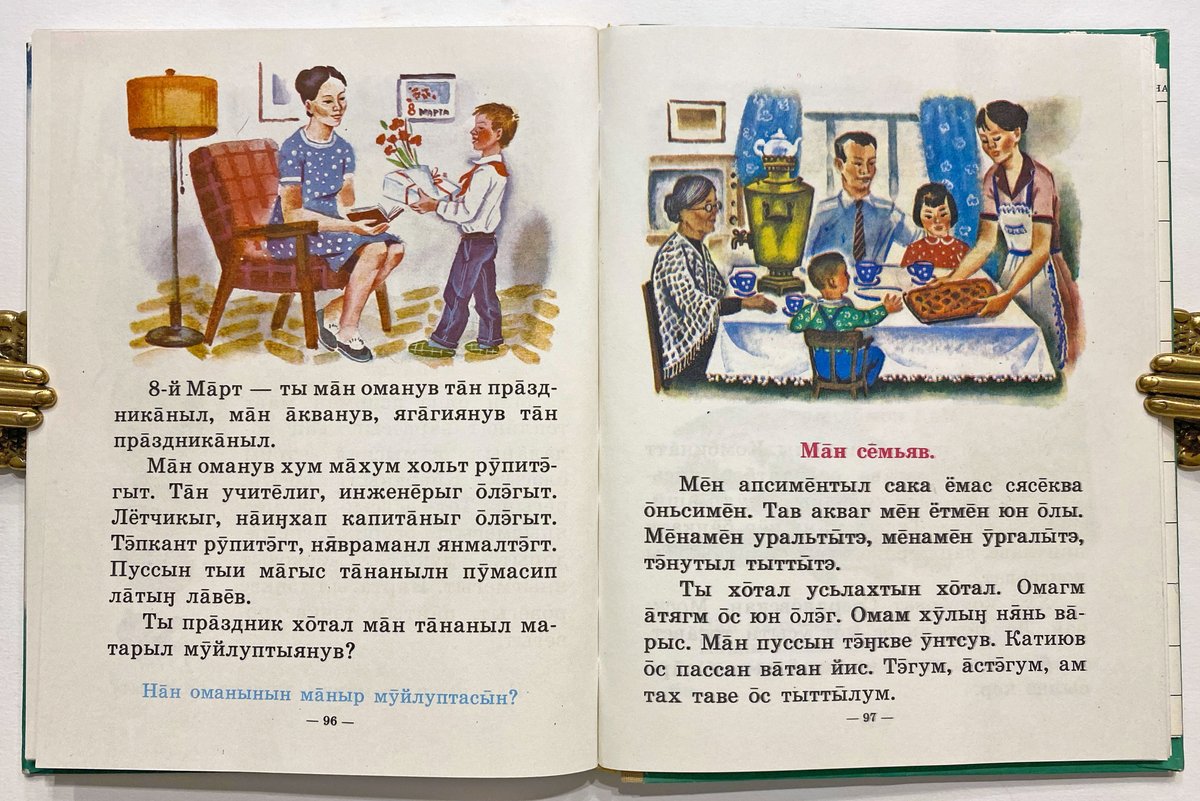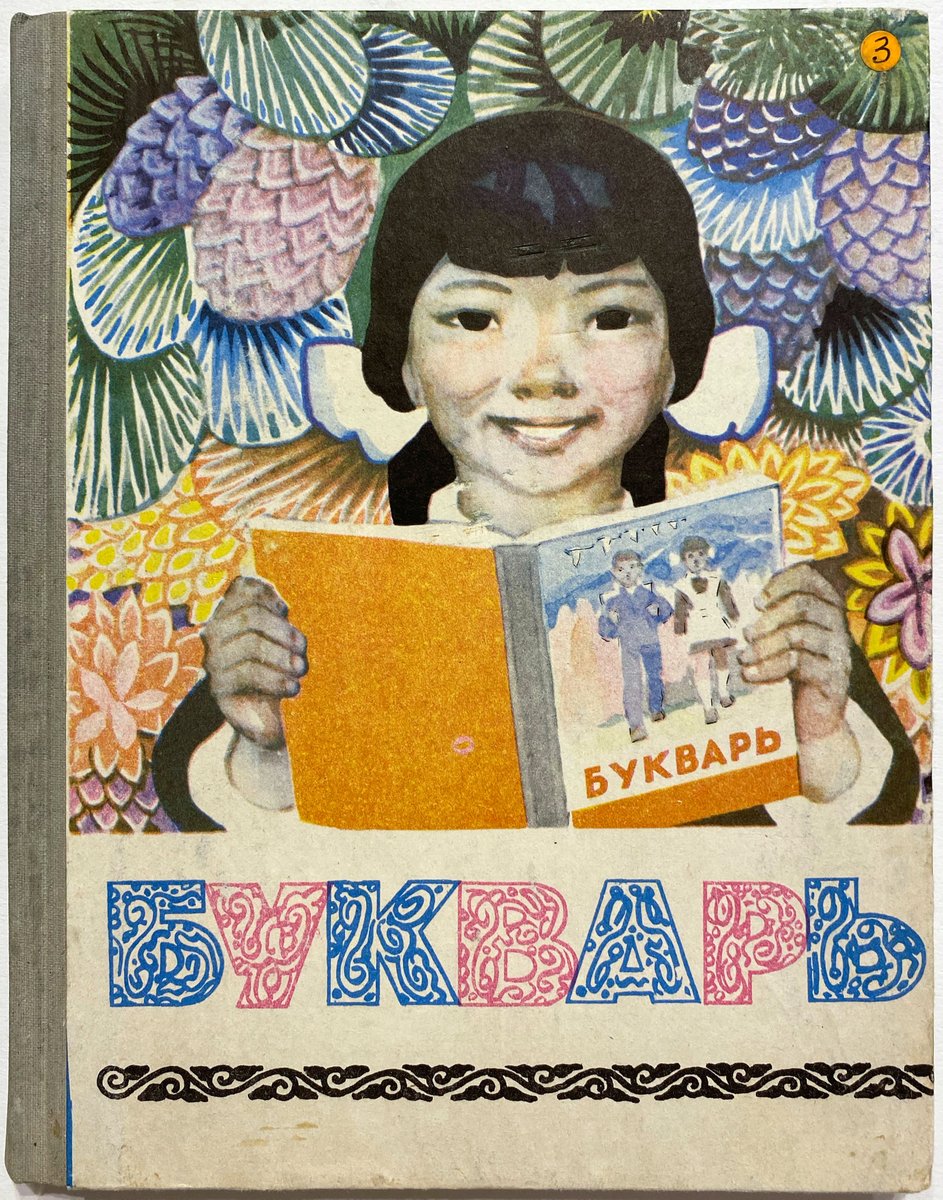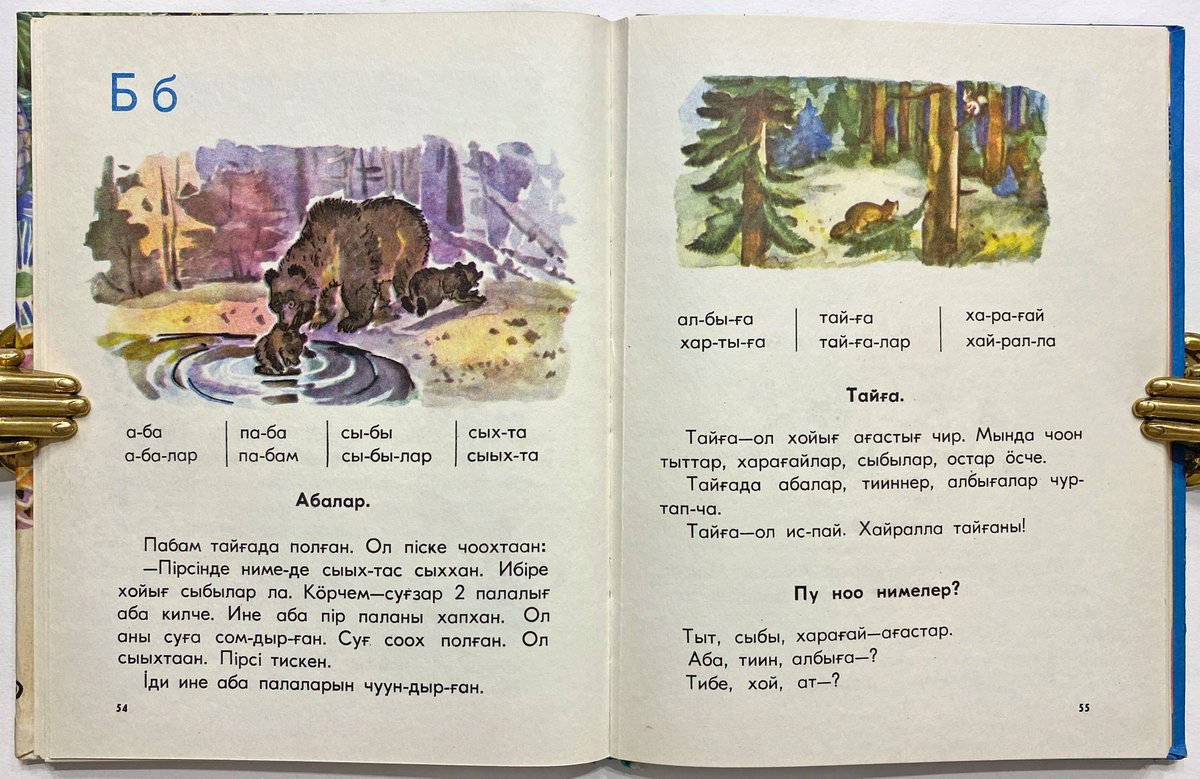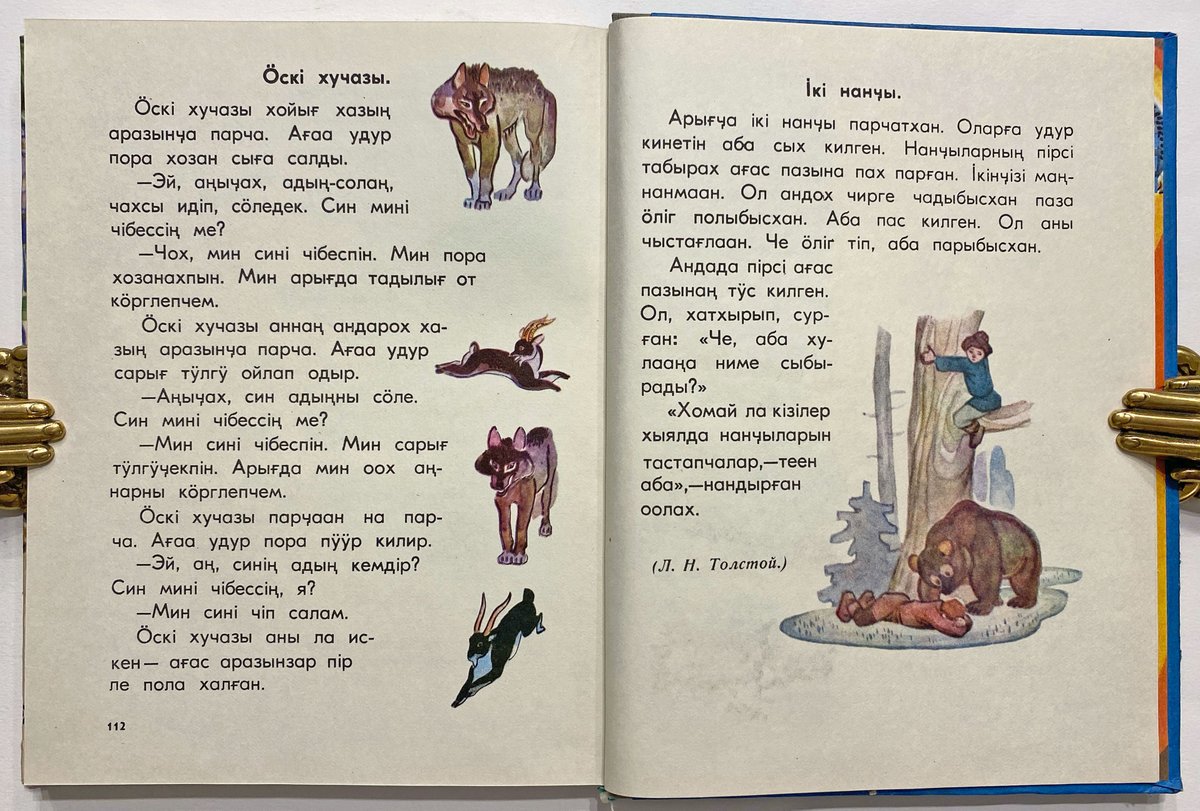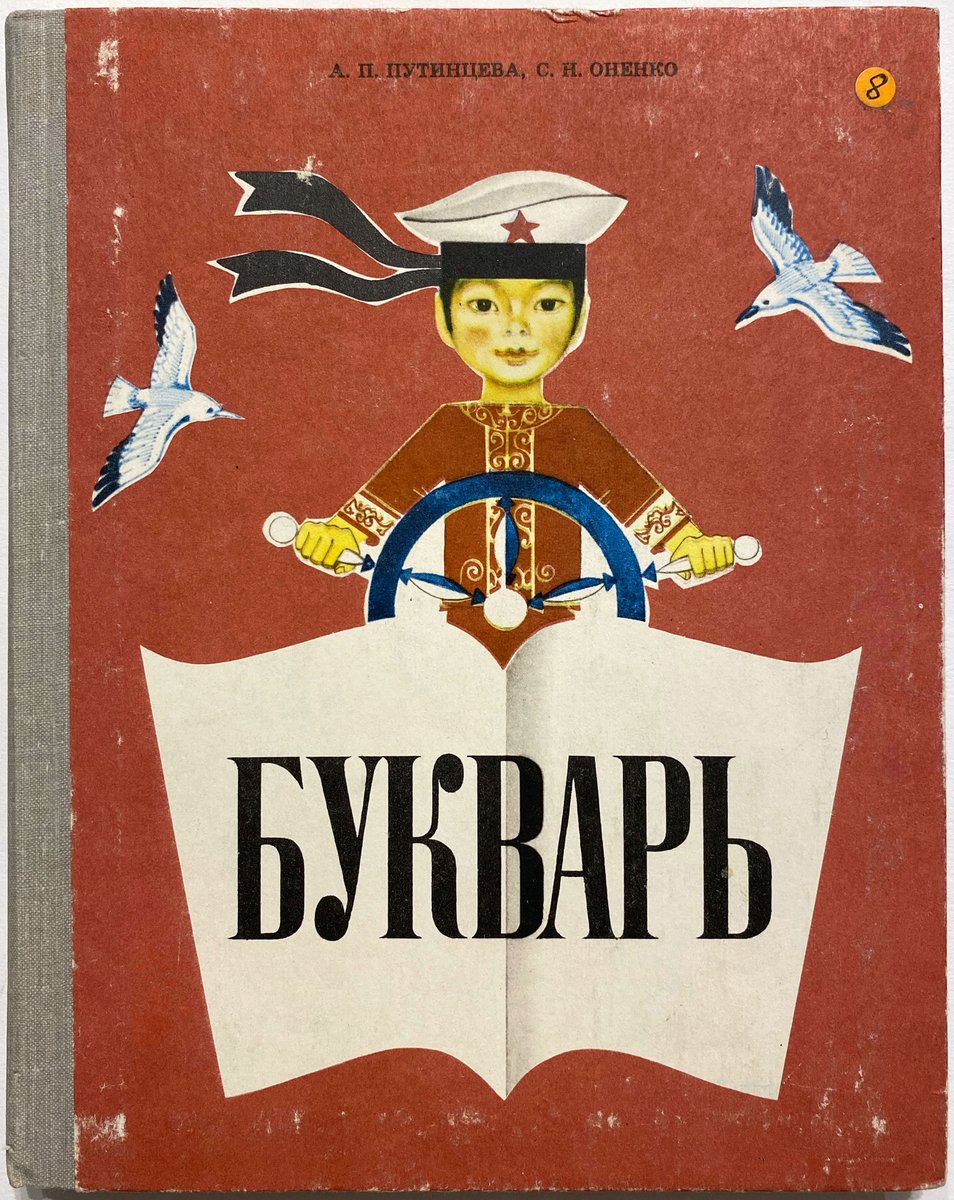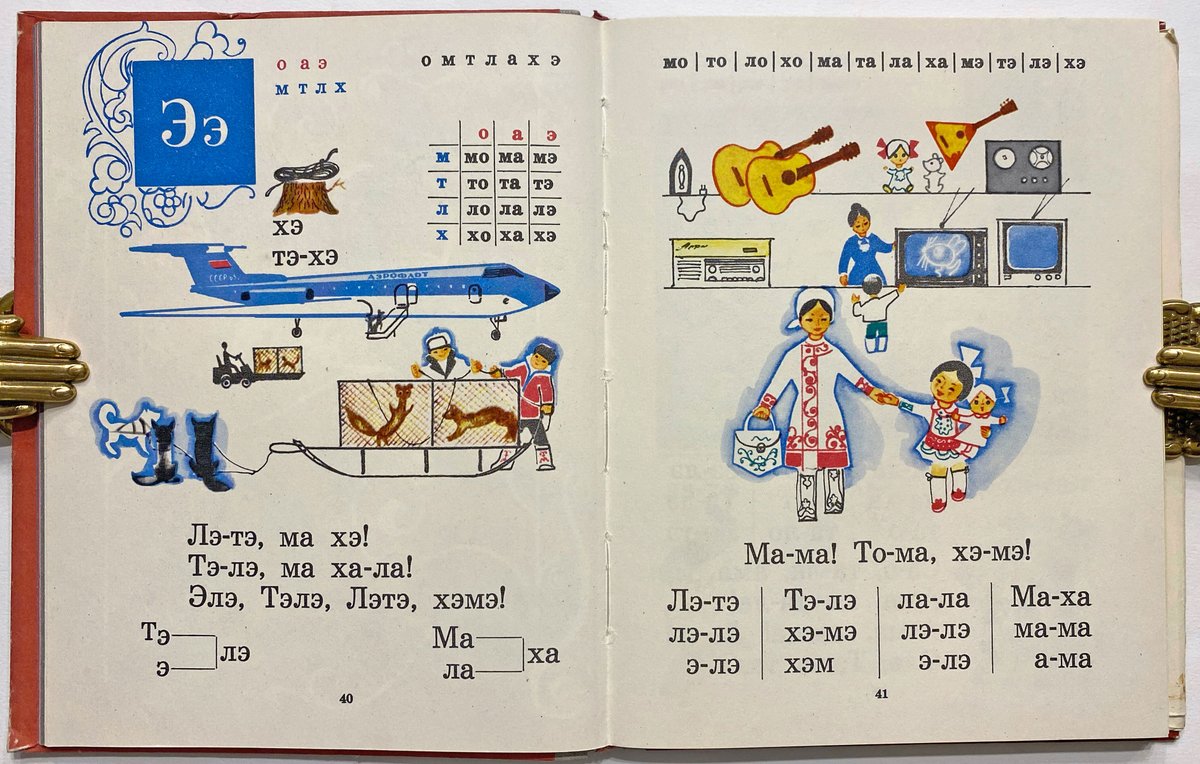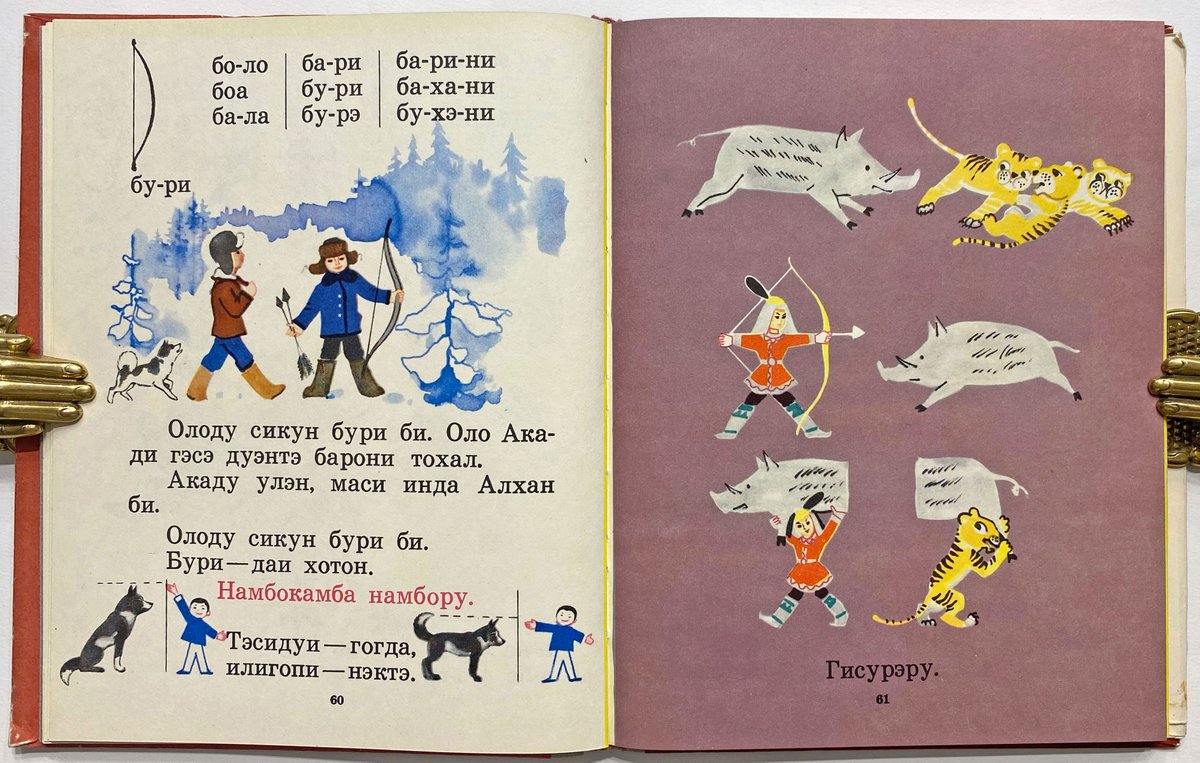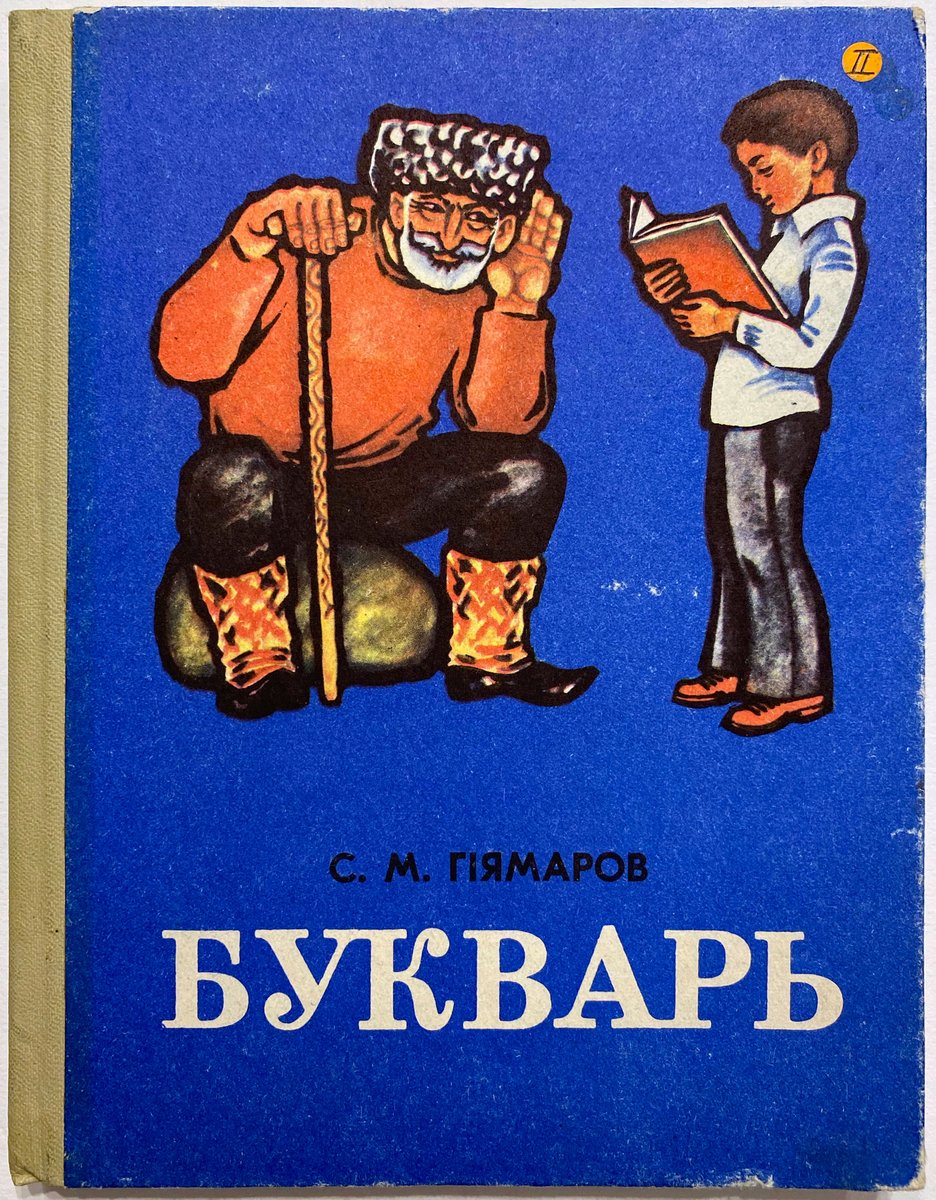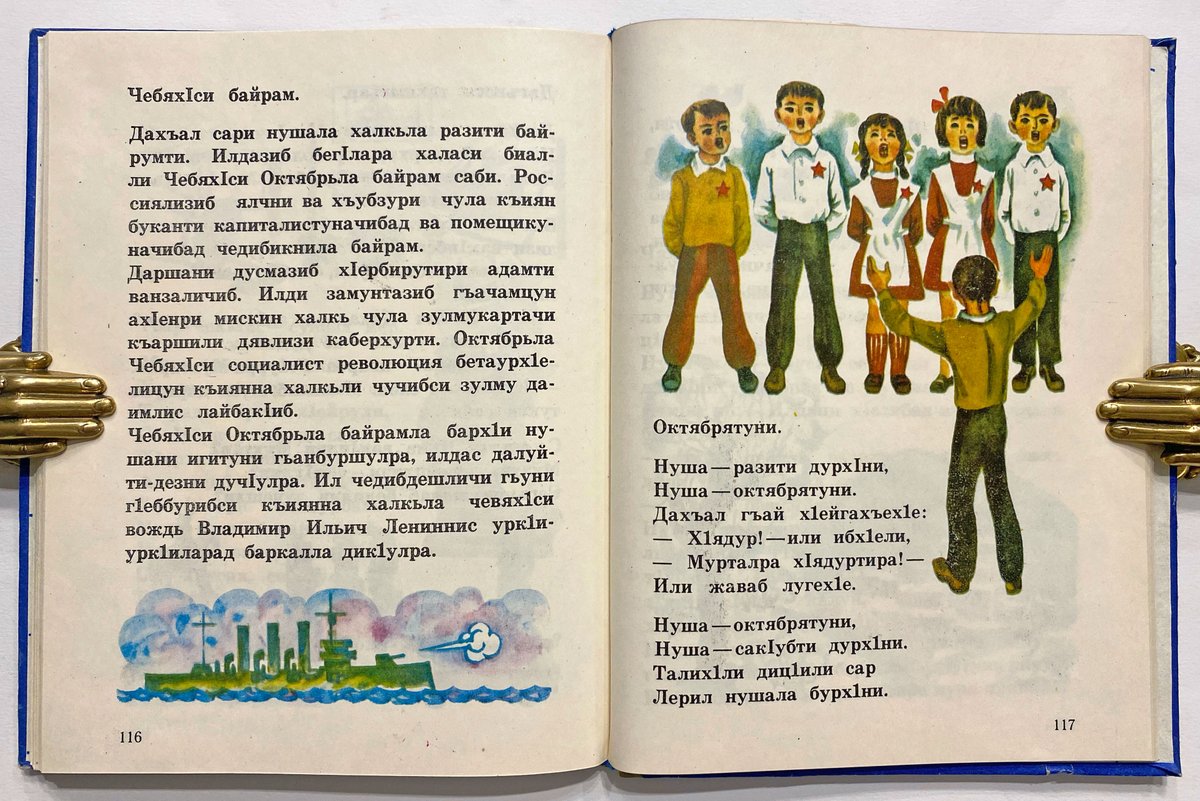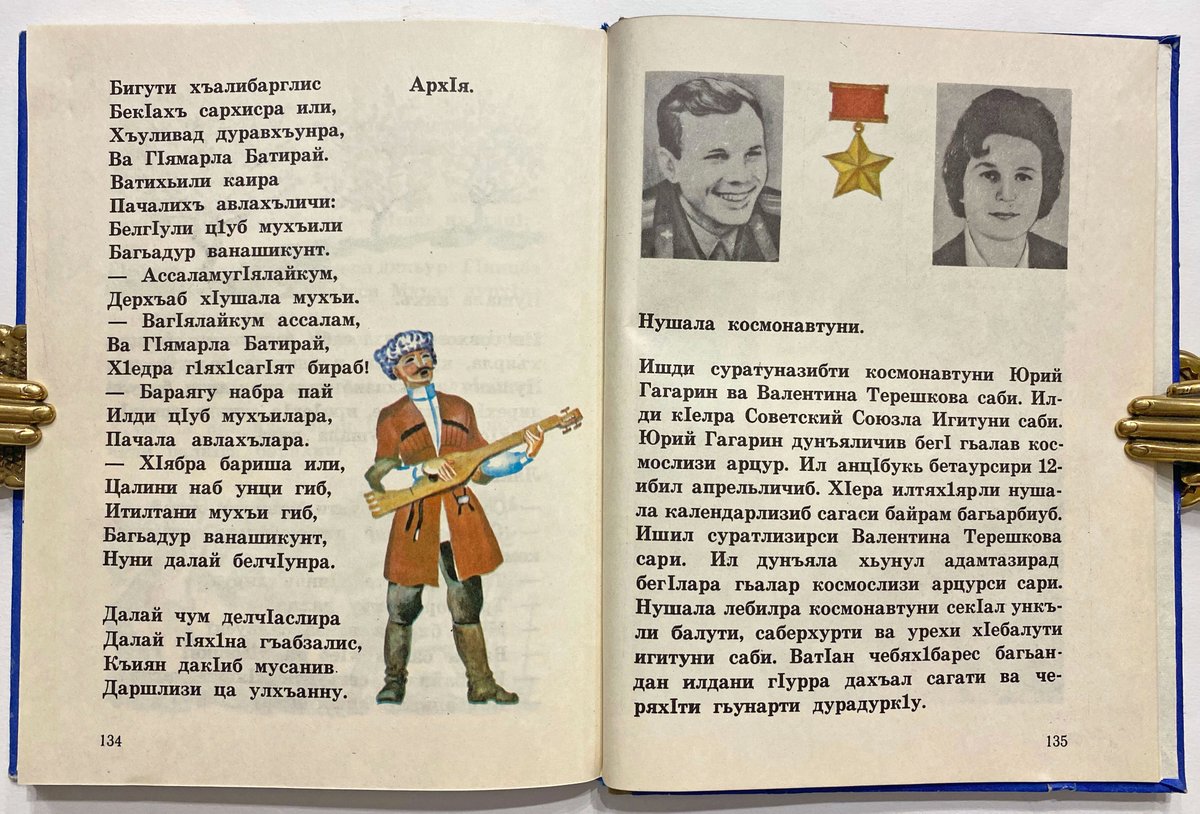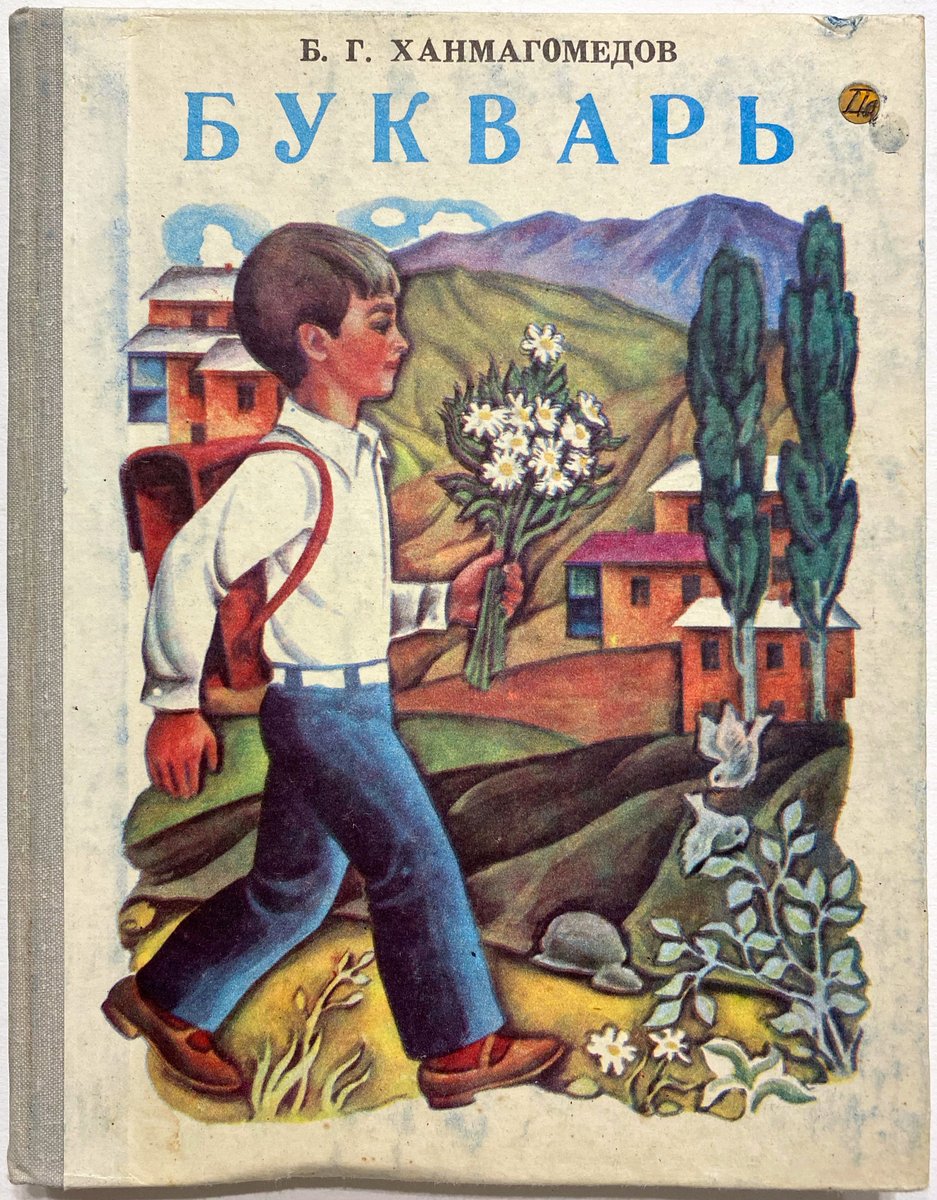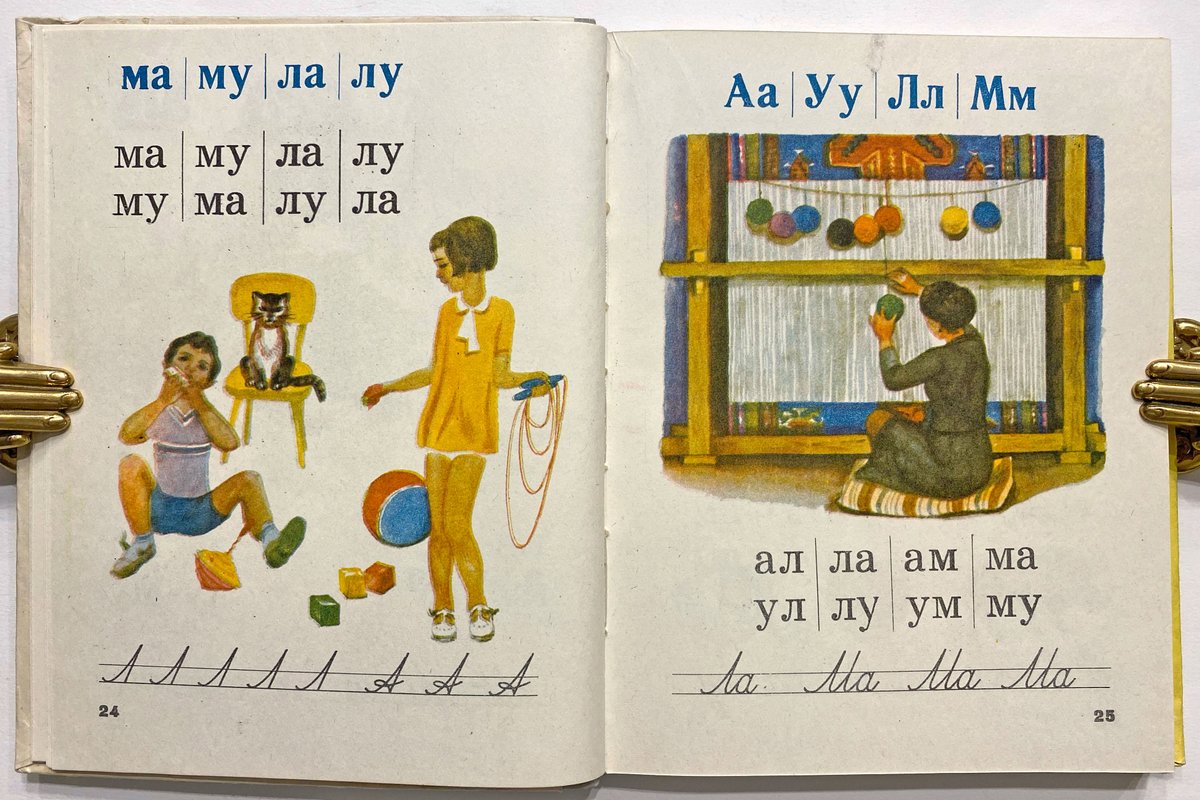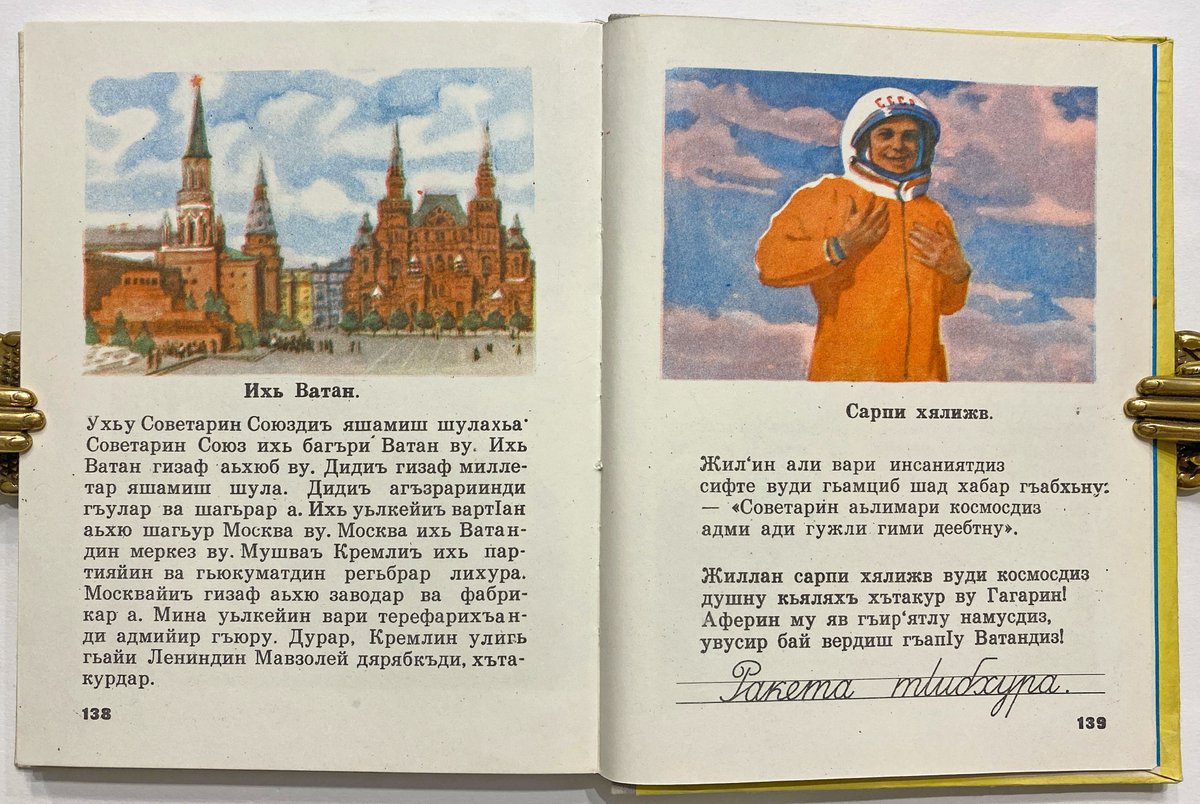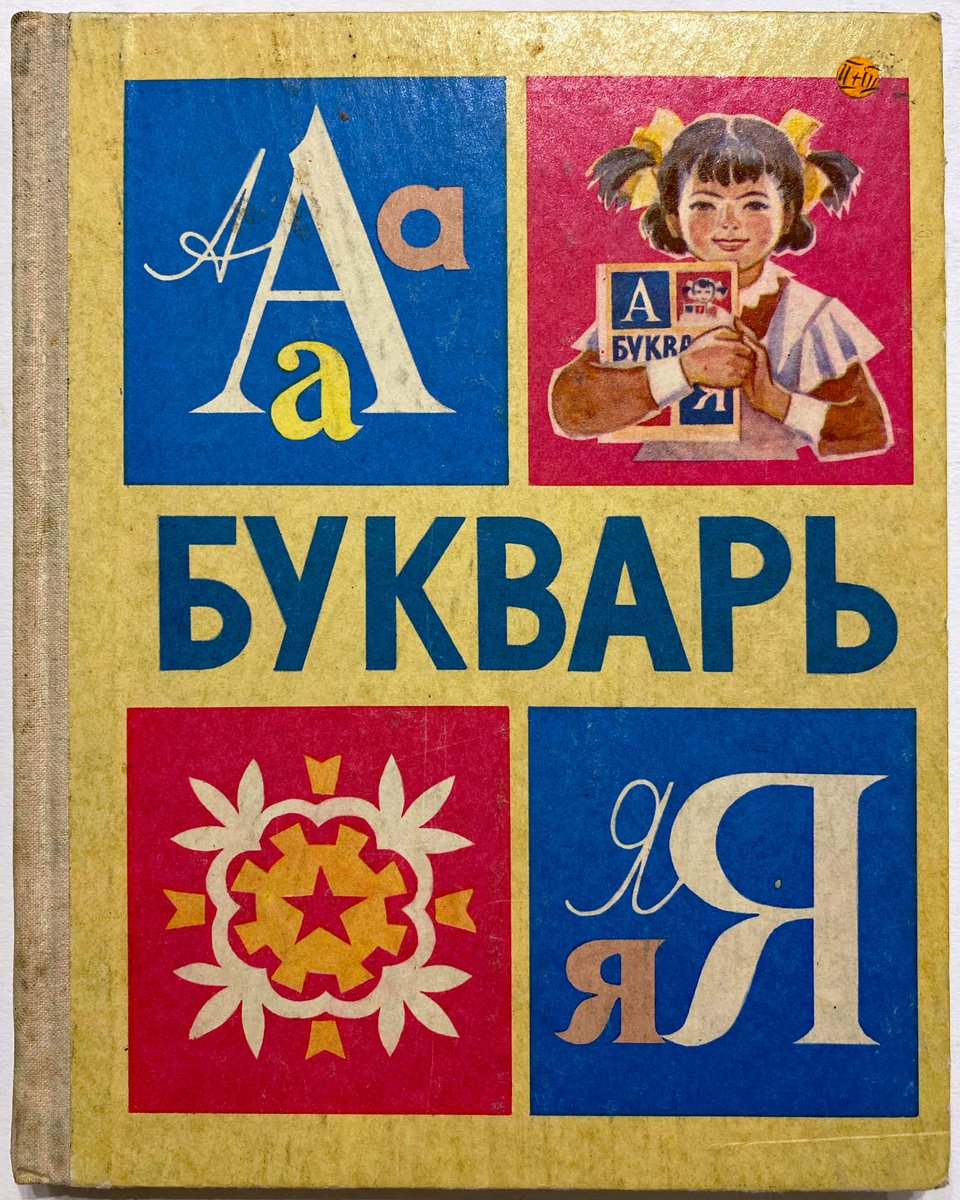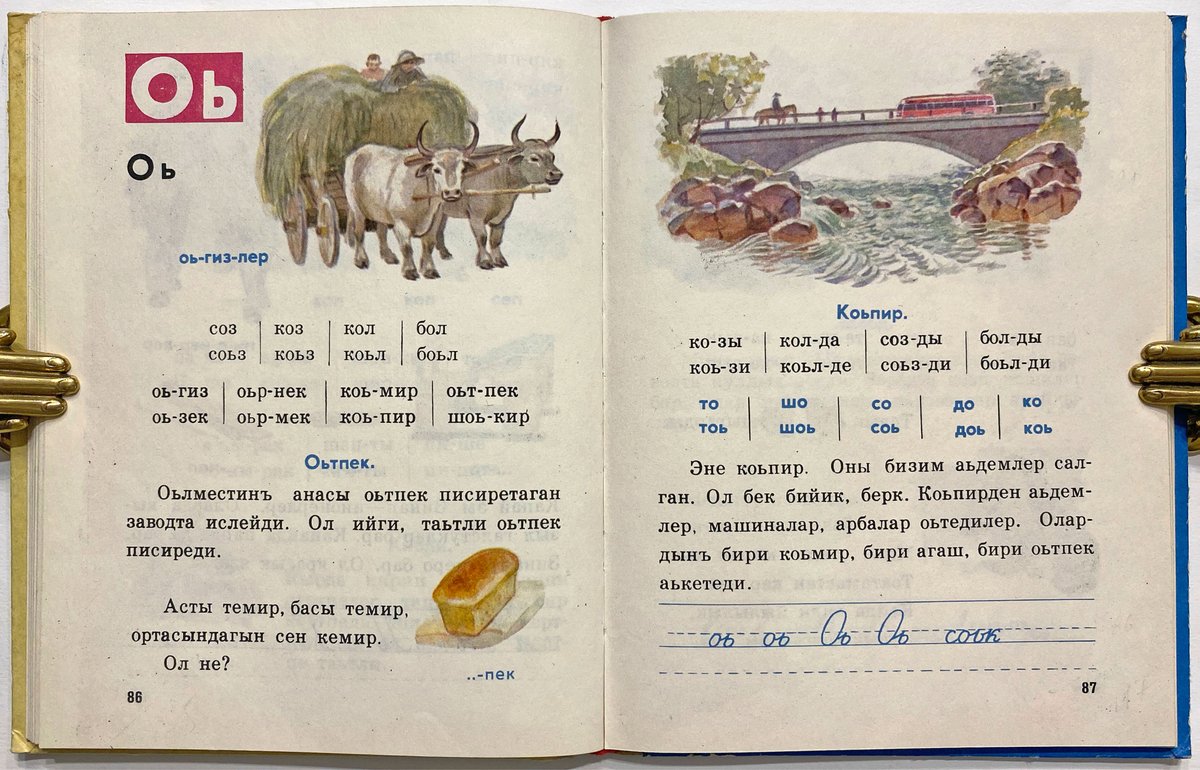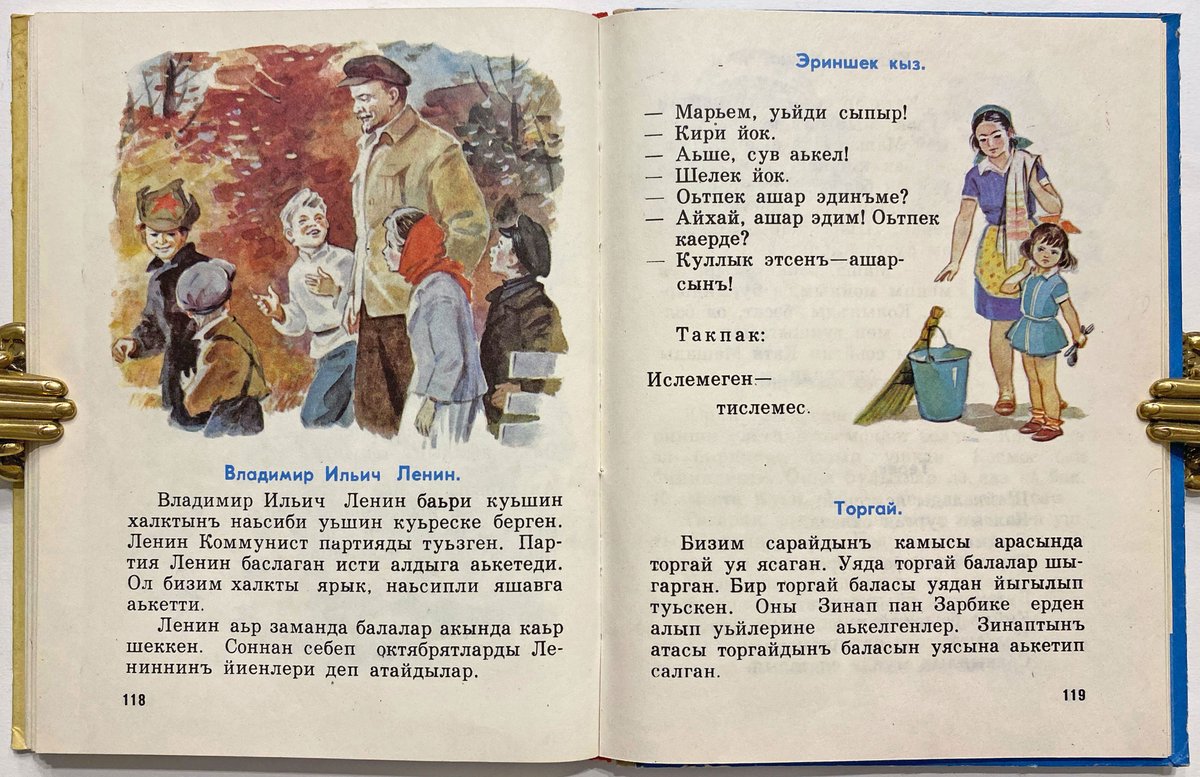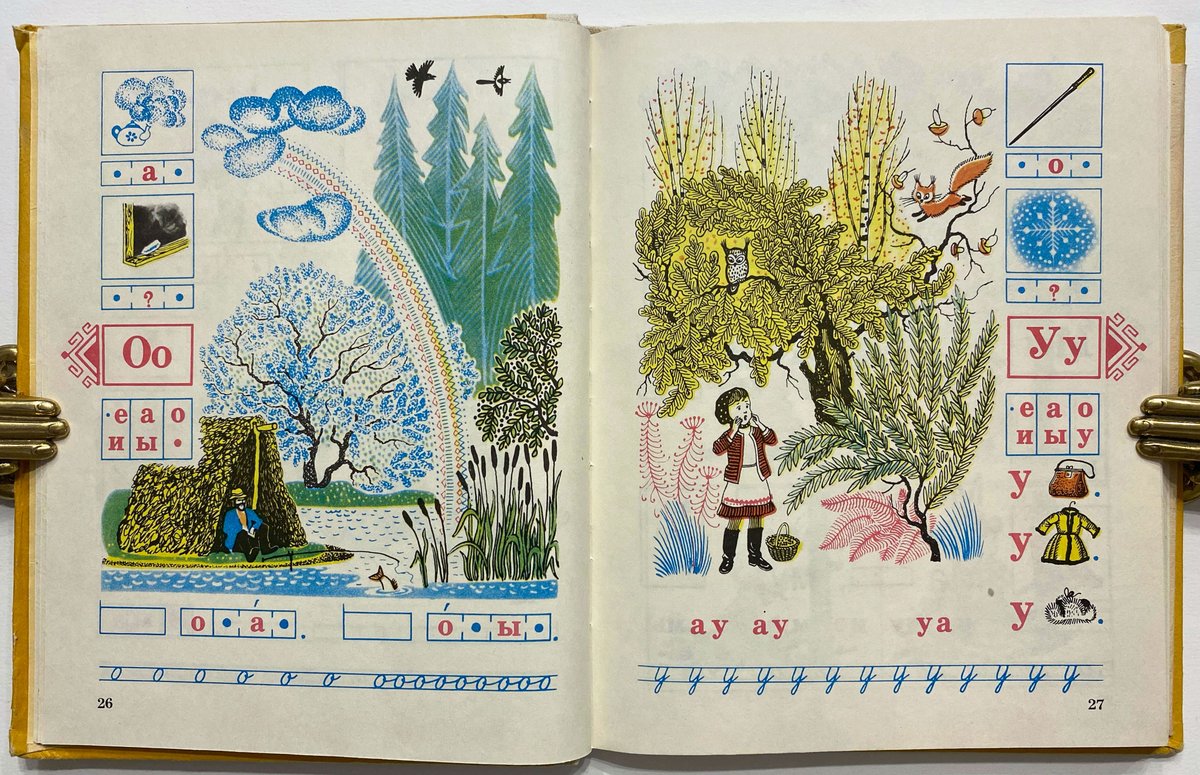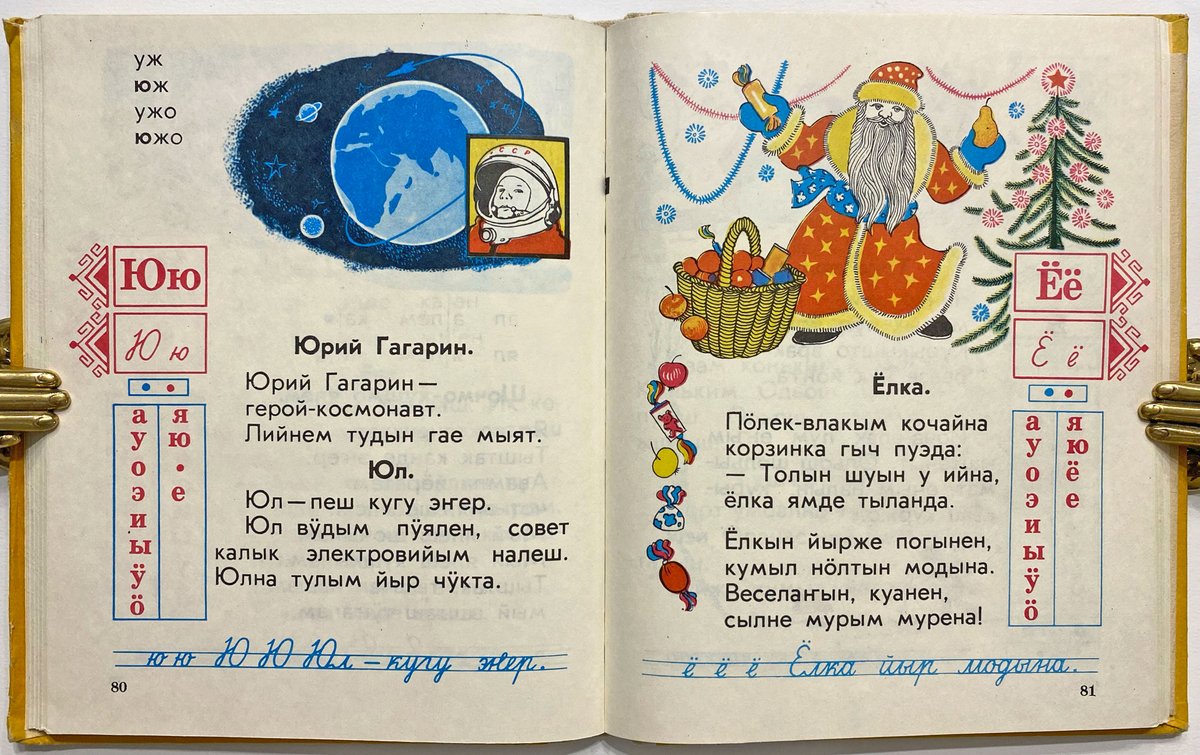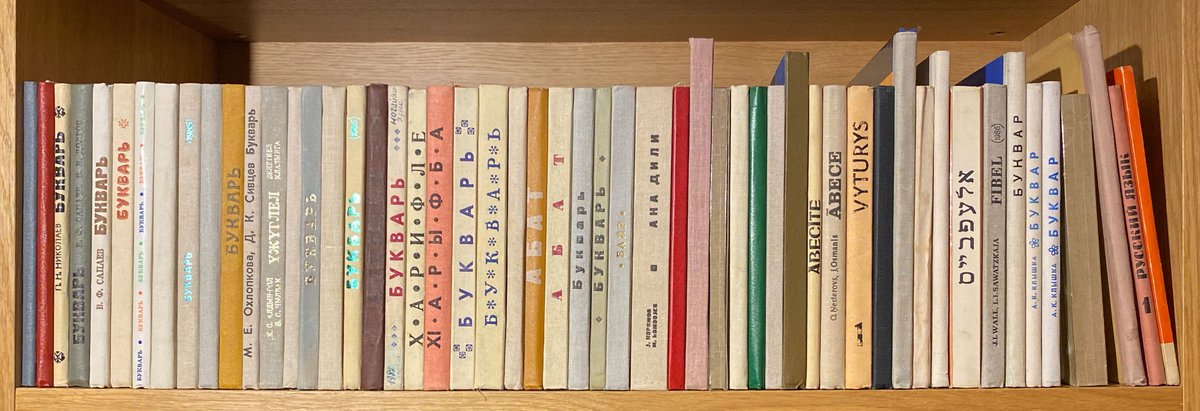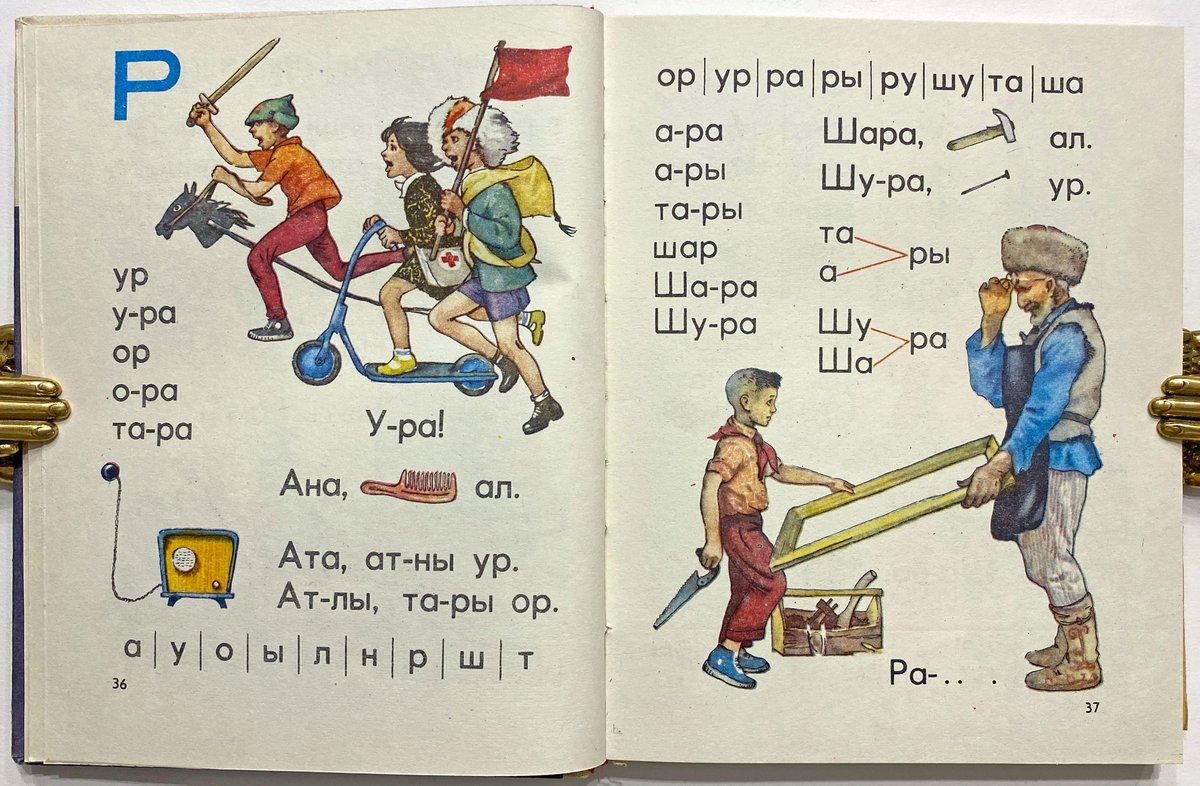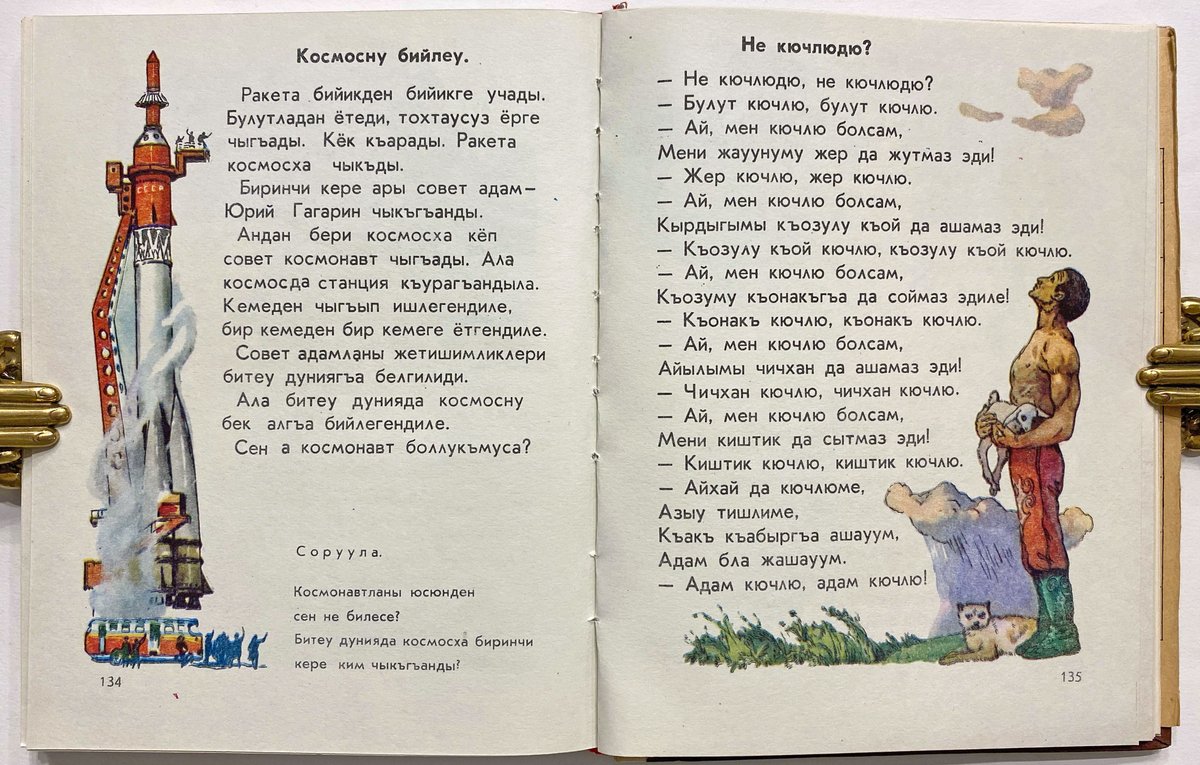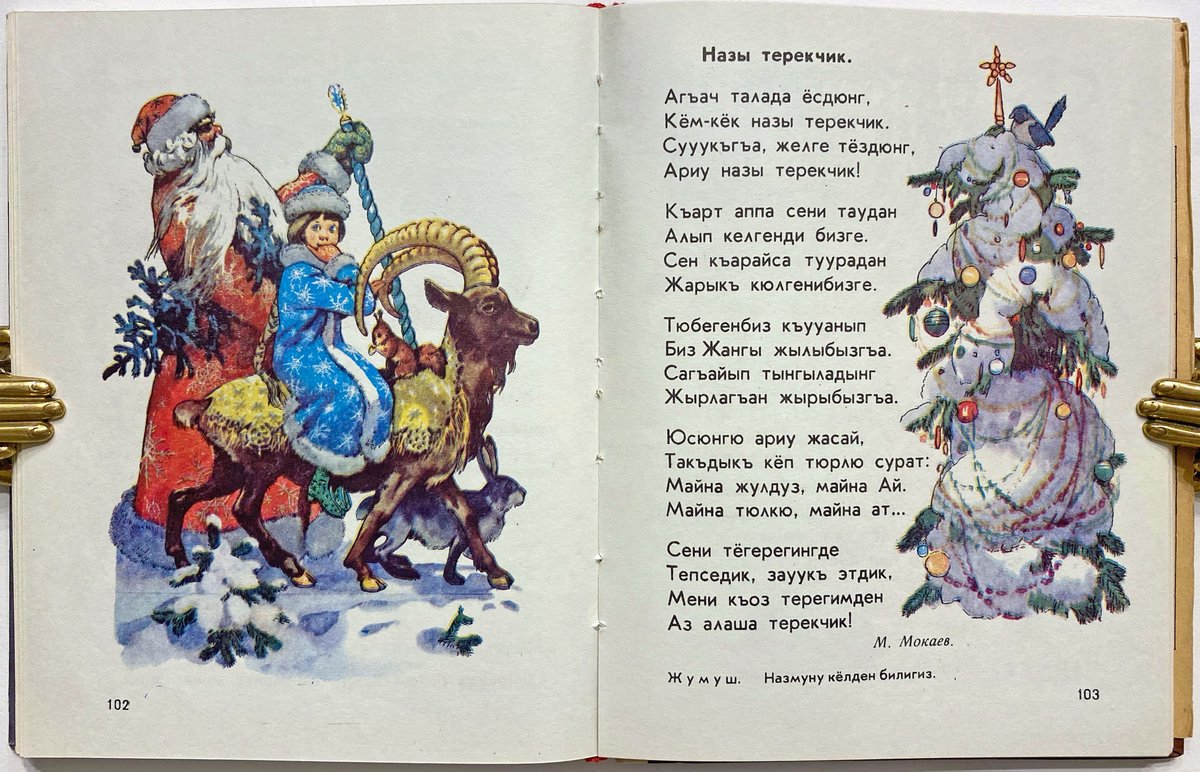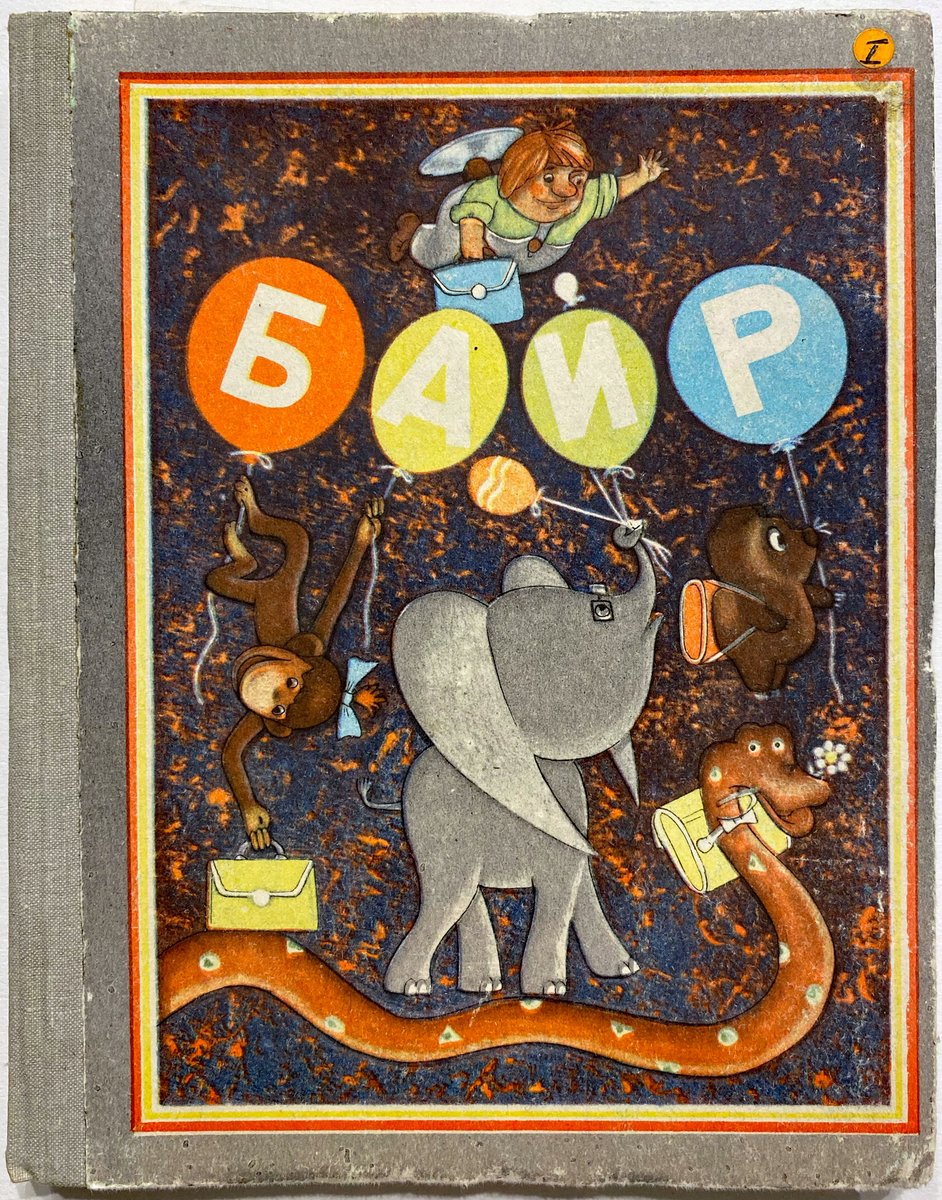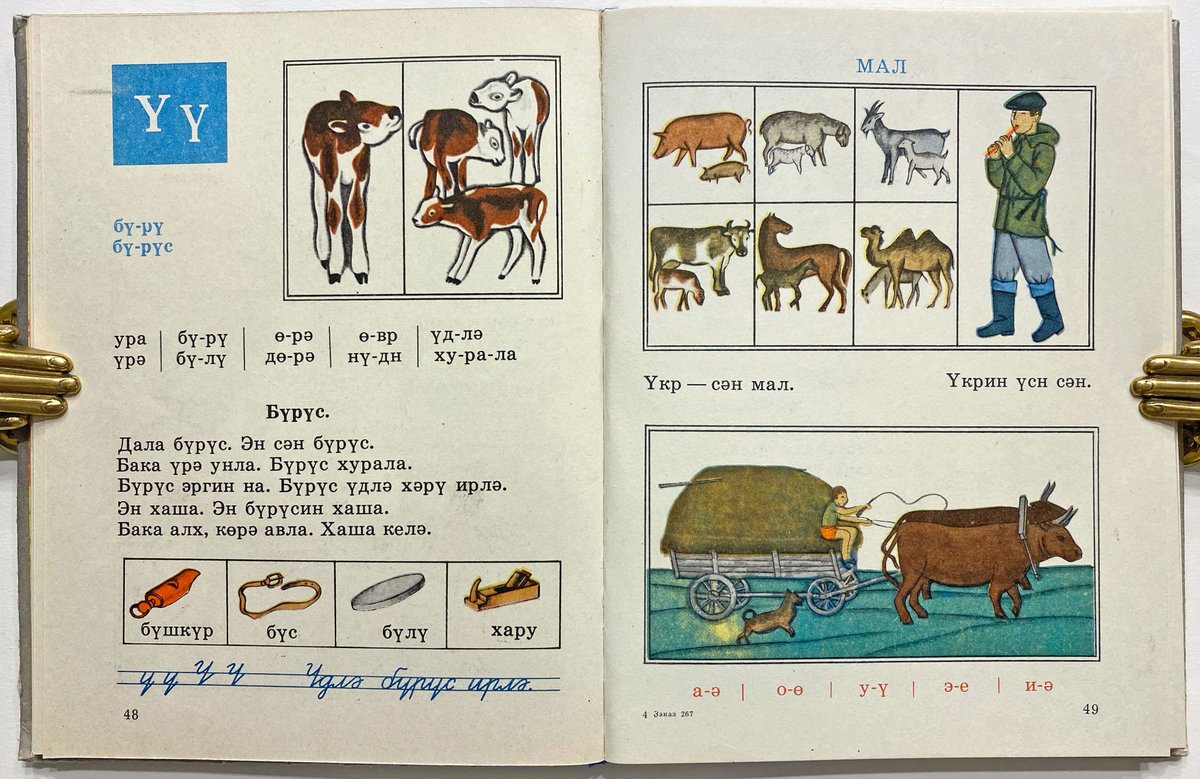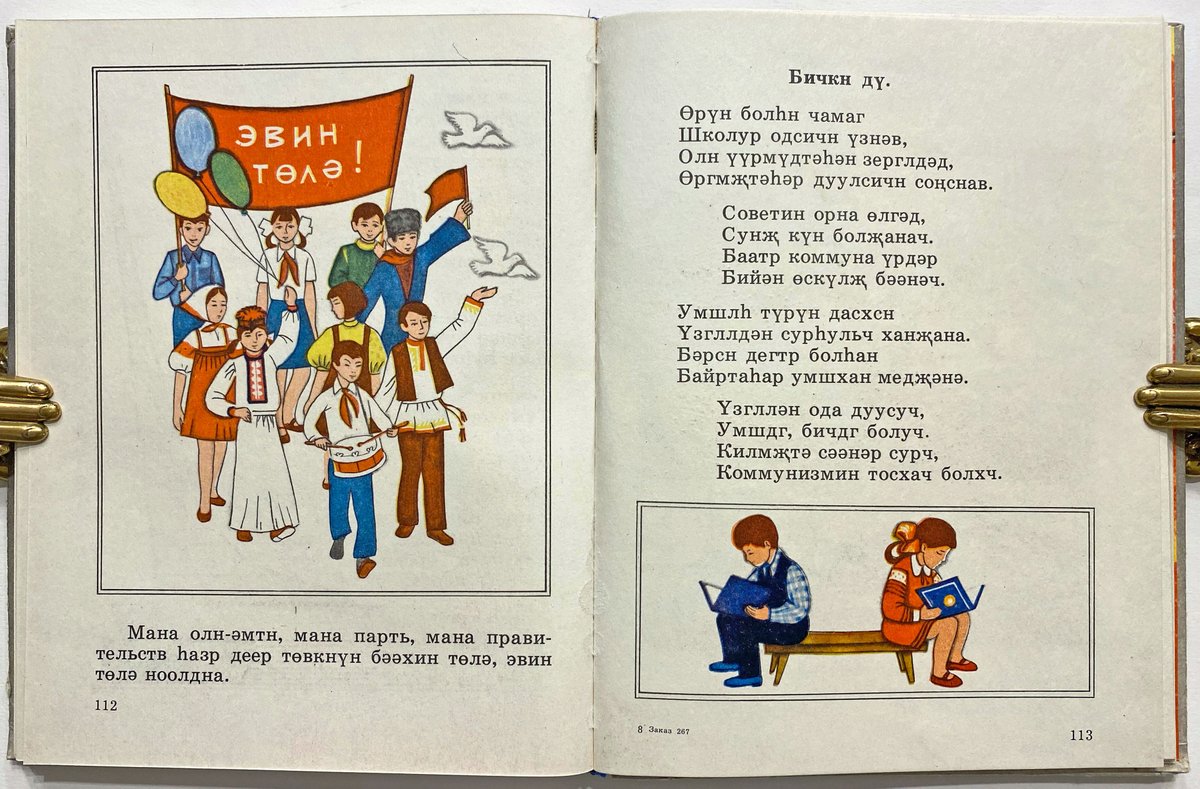45 Soviet ABC primers in 45 minority languages, written in 5 alphabets - Cyrillic, Latin, Armenian, Georgian and Hebrew.
All published late 1970s - early 1980s, and once displayed in a vitrine at the clubhouse of the Gesellschaft für Deutsch-Sowjetische Freundschaft in Berlin.
All published late 1970s - early 1980s, and once displayed in a vitrine at the clubhouse of the Gesellschaft für Deutsch-Sowjetische Freundschaft in Berlin.
Amongst the languages included here are: Bashkir, Komi, Komi-Permyak, Mari, Hill Mari, Tatar, Udmurt, Altai, Buryat, Evenki, Khakas, Mansi, Nanai, Tuvan, Yakut, Yupik, Abaza, Adyghe, Chechen, Dargwa, Ingush, Kabardian, Kalmyk Oirat, Karachay-Balkar, Nogai, Ossetian... 1/2
.... Tabasaran, Armenian, Azerbaijani, Georgian, Kazakh, Kyrgyz, Tajik, Turkmen, Estonian, Latvian, Lithuanian, Moldovan, Volga German, Yiddish, and Belarusian. 2/2
There were about 130 minority languages spoken in the Soviet Union, some by just a few hundred speakers (or less). 57 were officially used in education to at least some degree, often at a primary school level only. This is Komi, a Uralic language spoken to the NW of the Ural Mts.
This is Hill Mari, another Uralic language spoken in the Gornomariysky, Yurinsky and Kilemarsky districts of Mari El. There are less than 30 000 native speakers, and only 2500 copies of this primer were printed.
This is the Chaplino dialect of Central Siberian Yupik, spoken by fewer than 500 people. Unsurprisingly, this is one the rarest primers in the group, only 500 copies were printed. Despite the limited audience, as usual great care has gone into producing the text & illustrations.
This is Evenki, the largest of the northern Tangusic languages (Manchu is the best known southern Tangusic language). It's spoken by around 25 000 people in Krasnoyarsk Krai. 3500 copies printed. As is usually the case, this primer combines folk scenes with patriotic propaganda.
This is Mansi, a Uralic language spoken by the Mansi people along the Ob River and its tributaries, in the Khanty–Mansi Autonomous Okrug, and Sverdlovsk Oblast. 1200 copies of this primer were printed, but by the time of the 2010 census, only 940 Mansi-speaking people remained.
This is Khakas, a northeastern Turkic language spoken by the Khakas people, who mainly live in the southwestern Siberian Khakas Republic, or Khakassia. The Khakas number 73,000, of whom about 42,000 speak the Khakas language. 4000 copies of this primer were printed.
This is the Nanai language (also called Gold, Goldi, or Hezhen) spoken by the Nanai people in Siberia, and to a much smaller extent in China's Heilongjiang province, where it is known as Hezhe. The language has about 1,400 speakers out of 17,000 ethnic Nanai. 1000 copies printed.
No area of Russia (or almost anywhere) has the same extraordinary degree of concentrated linguistic diversity as Dagestan - more than 30 languages are spoken there, 20 of them endangered.
This is Dargwa, a Northeast Caucasian language, spoken by nearly 500k people in Dagestan.
This is Dargwa, a Northeast Caucasian language, spoken by nearly 500k people in Dagestan.
This is the southern dialect of Tabasaran, a Northeast Caucasian language of the Lezgic branch. It is spoken by the Tabasaran people in the southern part of Dagestan. This dialect is the primary literary language, the northern dialect, called Khanag, is not mutually intelligible.
Nogai is a Turkic language of the Kipchak family, spoken by isolated groups of the Nogai people in Dagestan, Chechnya and Turkey. The Nogai, descended from the peoples of the Golden Horde, take their name and that of their language from the grandson of Genghis Khan, Nogai Khan.
Hill Mari, as above, is one of two Mari dialects spoken on the northern bank of the Volga on the East European Plain of Russia. The other, rather wonderfully, is called * Meadow Mari * and the illustrations in this Meadow Mari primer are as magical as the name of the language.
15 000 copies of this Meadow Mari primer were printed. There was no state support for the Mari language in Imperial Russia, and only elementary-school education was available in Mari in the Soviet period, with this policy ending in village schools in the 1970–1980s.
This is the collection of primers seen spine on. These were all formerly on display at the Gesellschaft für Deutsch-Sowjetische Freundschaft (DSF) in Berlin in the mid 1980's. The DSF was an East German propaganda organization dedicated to fostering a positive view of the USSR.
This is the Karachay-Baksan-Chegem dialect of the Karachay-Balkar language, a Turkic language closely related to Kumyk spoken by the Karachays and Balkars in Kabardino-Balkaria and Karachay–Cherkessia. 3500 copies of this primer were printed.
I love the work of the illustrator of this Karachay-Baksan-Chegem primer, especially this Christmas scene which seems to have a Rudolph charmingly adapted to the local fauna....

 Read on Twitter
Read on Twitter